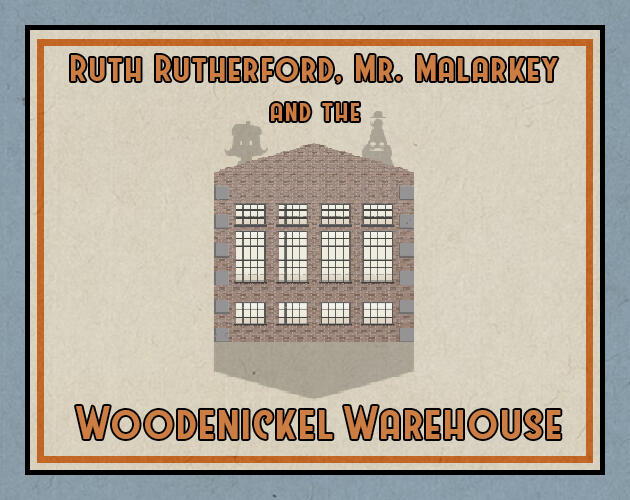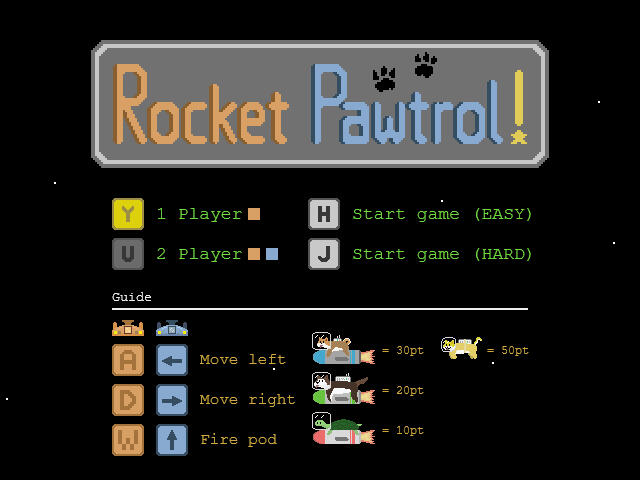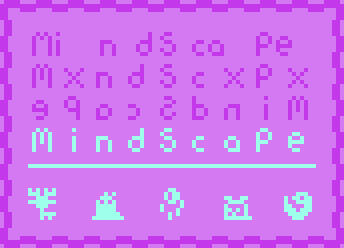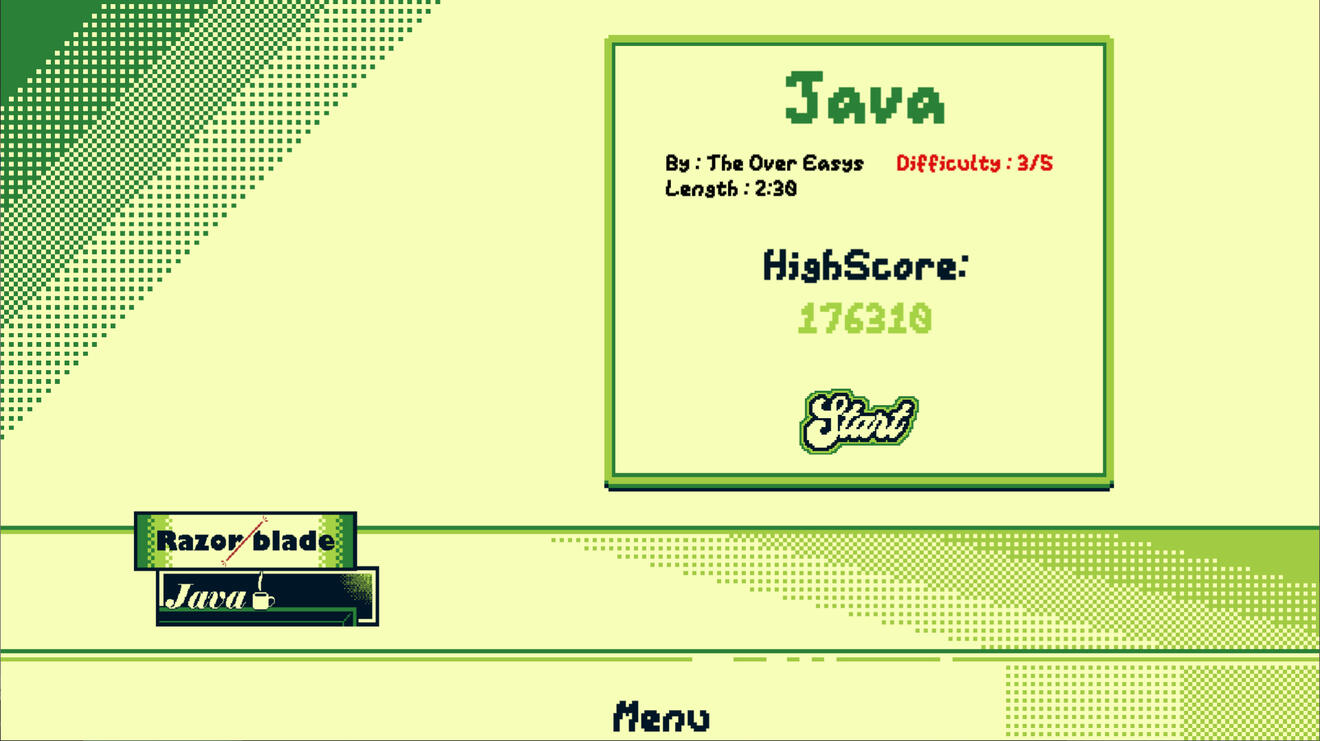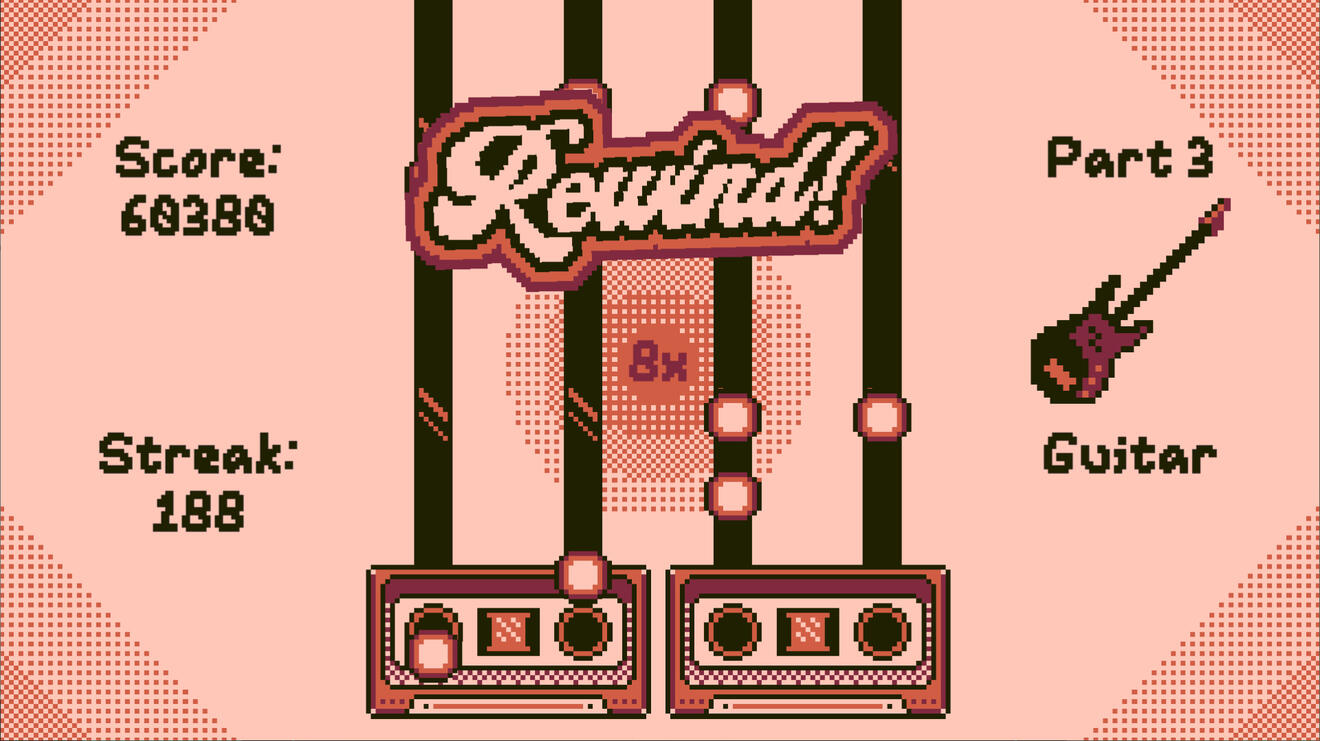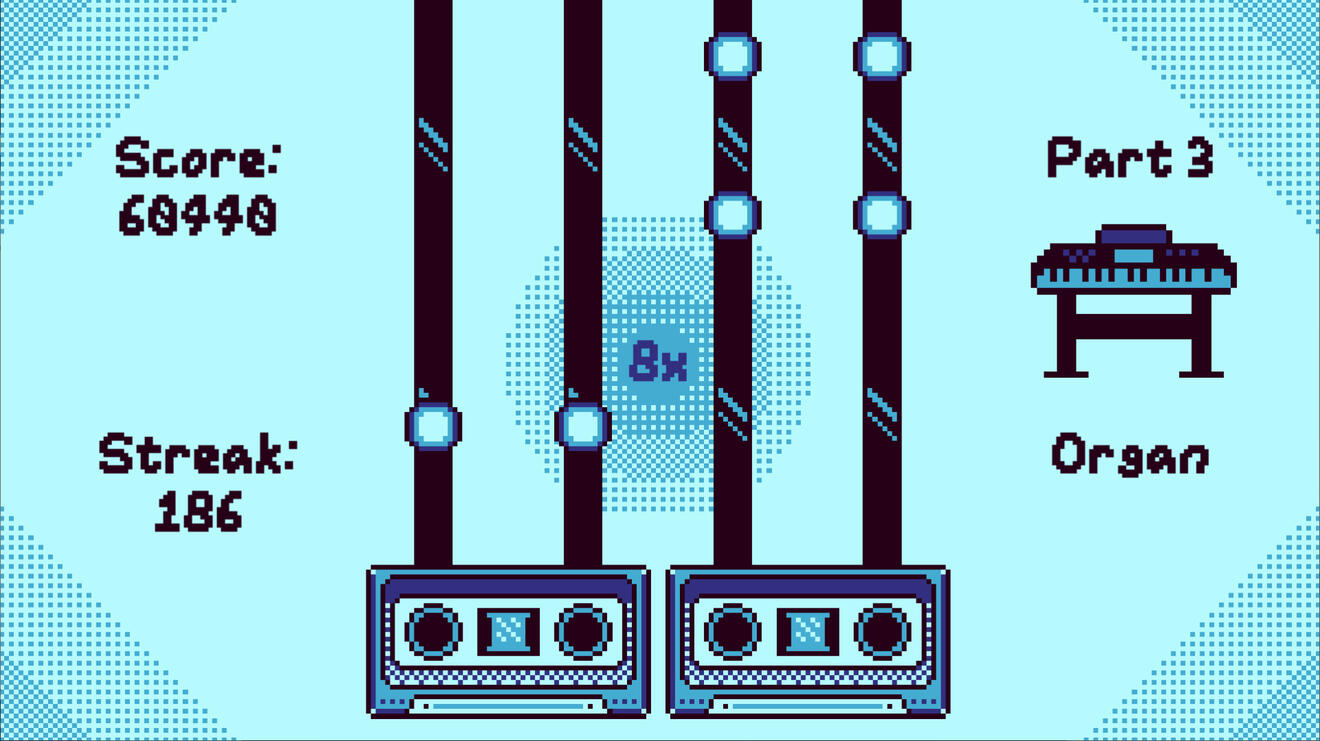Game projects
Here is a list of some of the game projects that I have worked on!
Click on "More" to learn about my experience with these projects.
Click this button to view all the projects I worked on.
Bond : Wish of the Forest
Composer, Sound Designer, Designer, Programmer, Writer
Fight alongside creatures to fend off the evil spirits threatening the forest
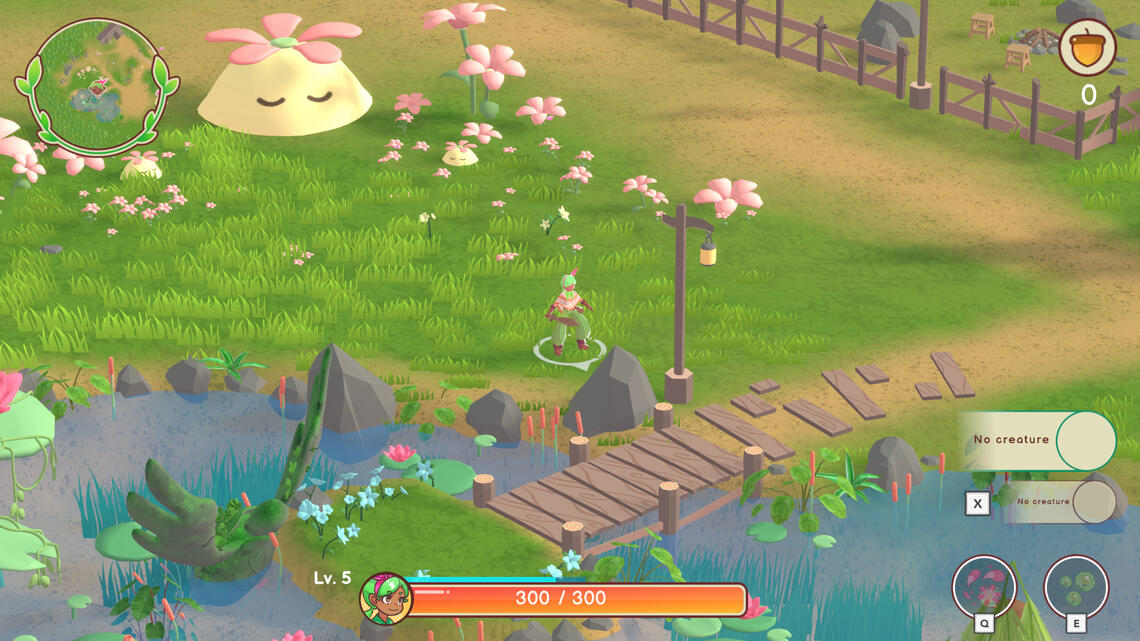
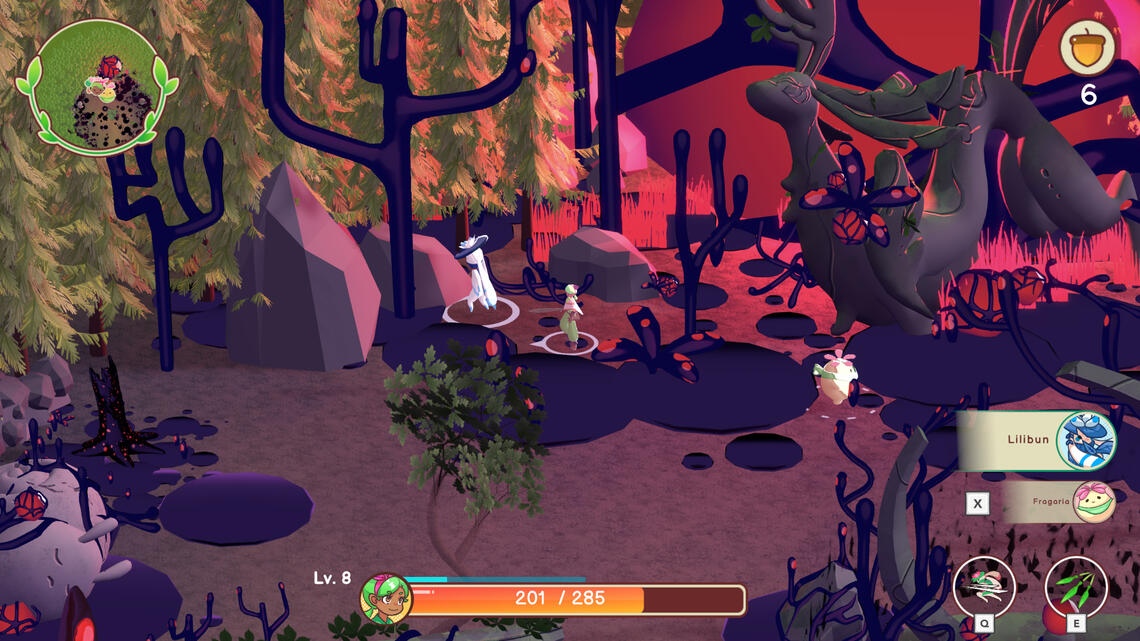
Rhythm Rewind
Composer, Sound Designer
Go back in time with this retro-inspired funky rhythm game
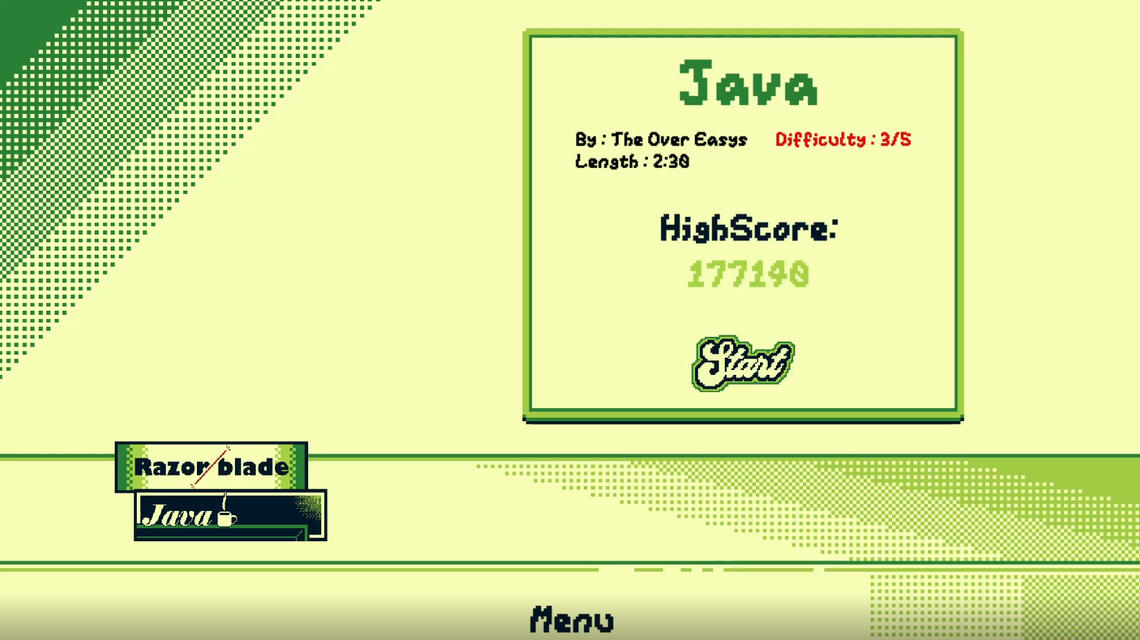
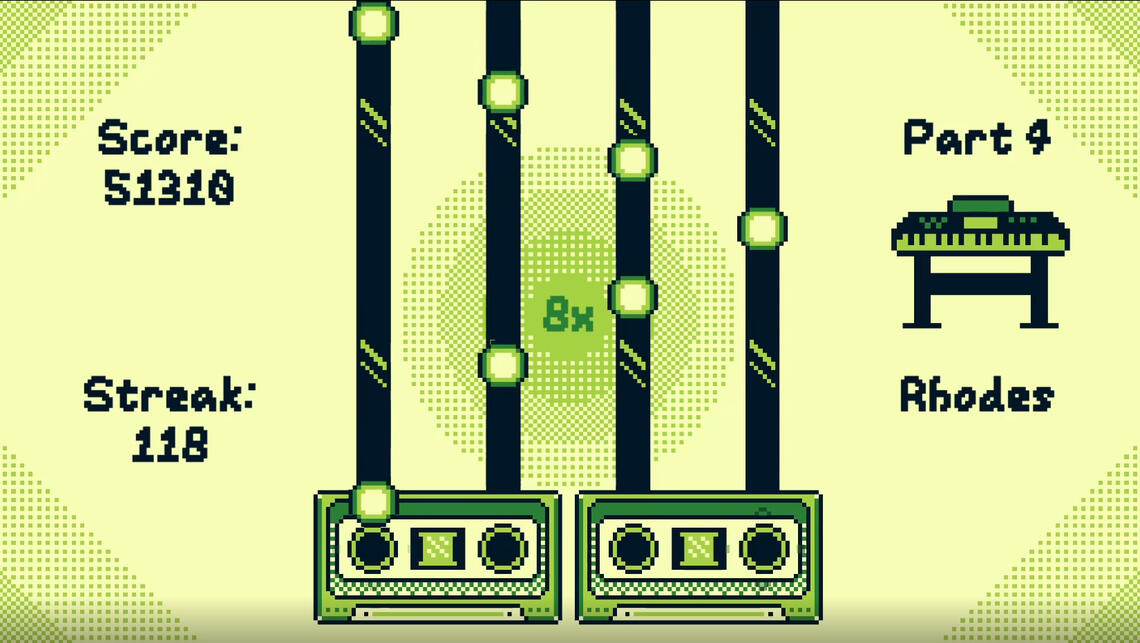
The Salaryman's Dream
Composer, Sound Designer, Designer
Drift away in this relaxing endless runner~
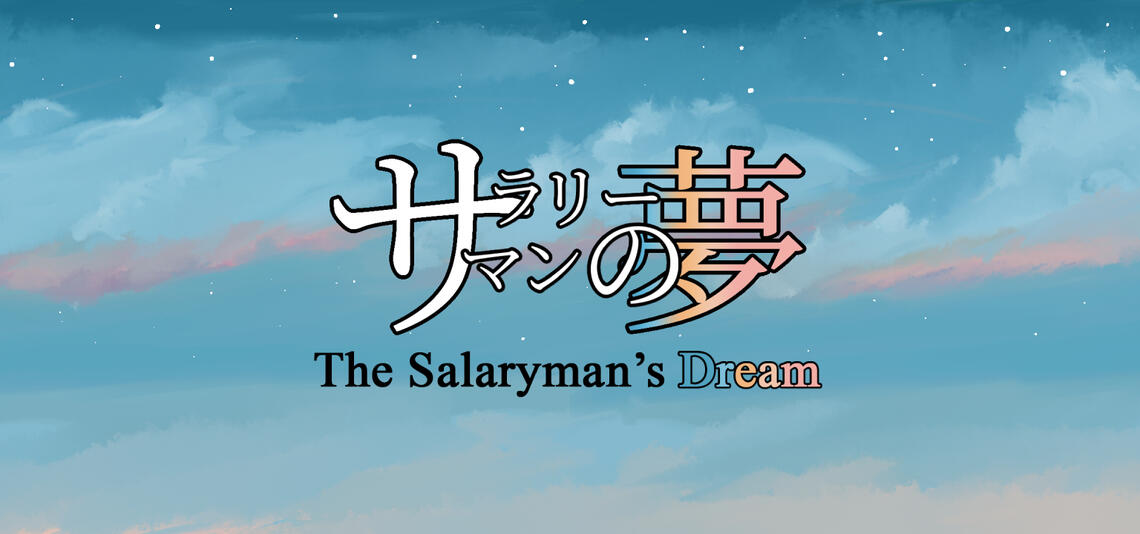
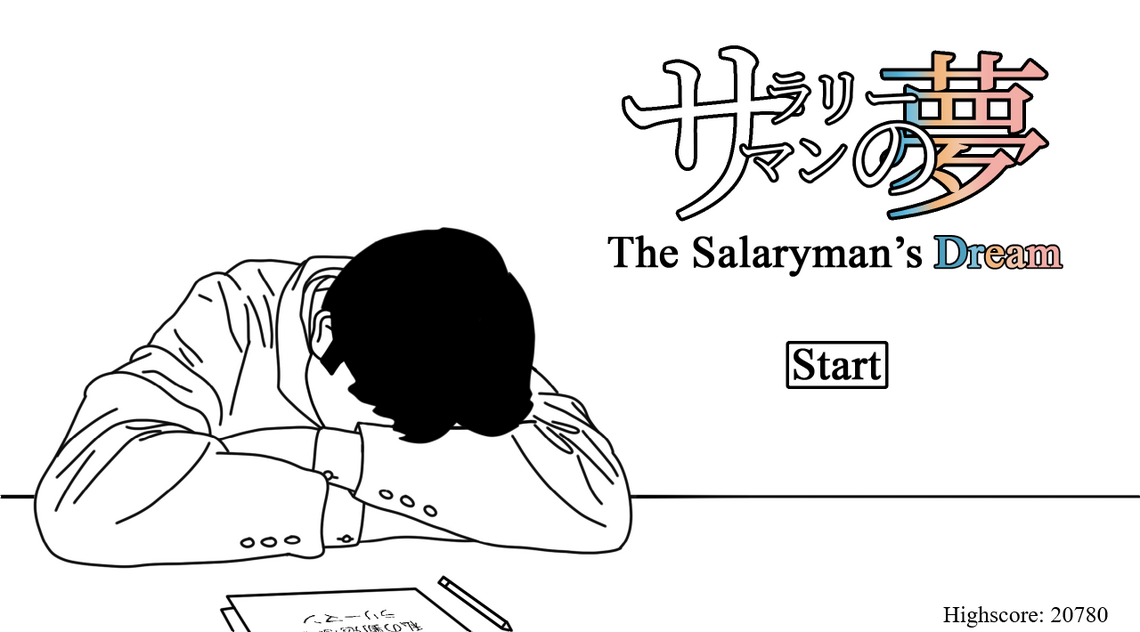
Sushi Showdown
Designer, Illustrator
Manage your team of talented sushi performers in this card game!
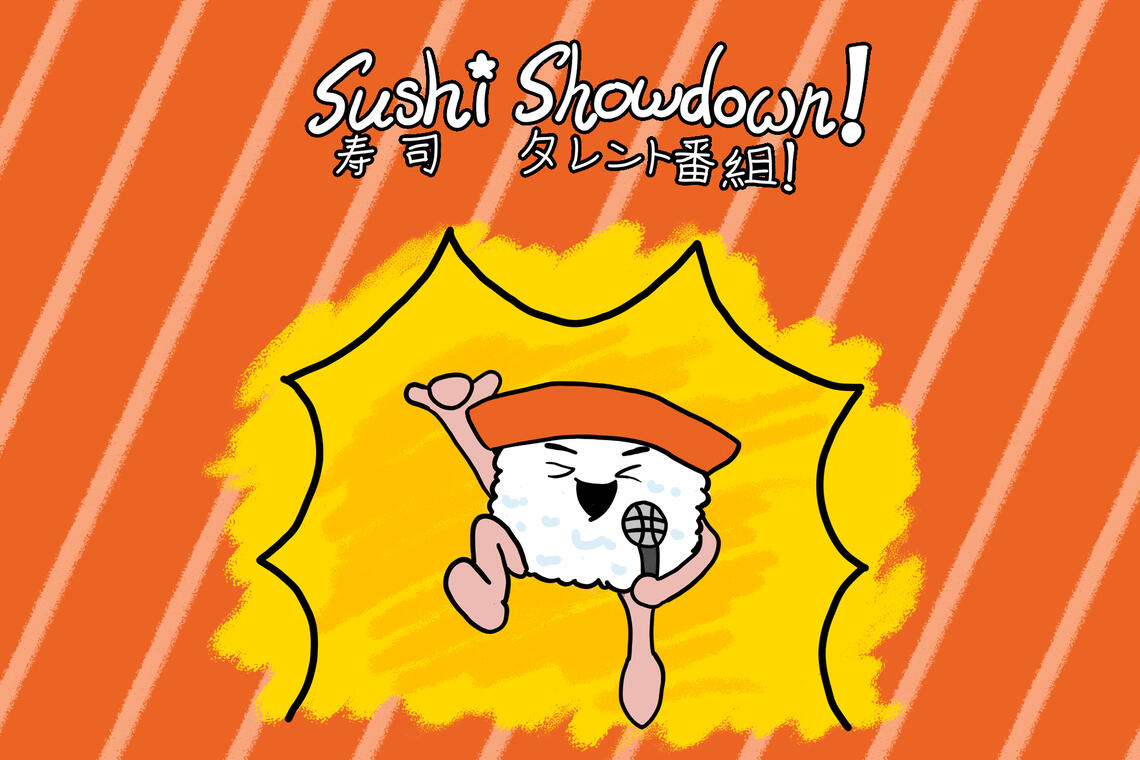
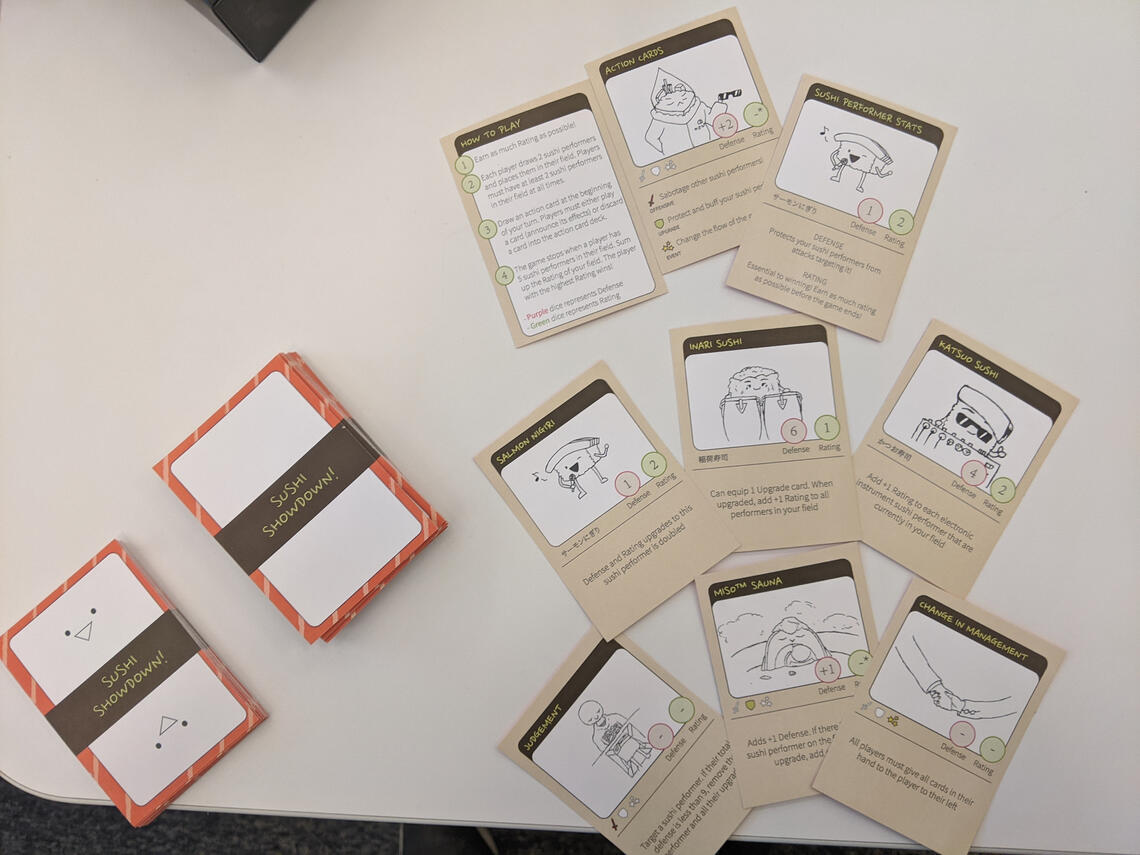
other games
Click on the images to go to the itch.io pages for these games
Bond: Wish of the Forest
Composer, Sound Designer, Designer, Programmer, Writer
Bond: Wish of the Forest is a creature-collector roguelite game developed as part of the UCSC Game Design Capstone Series. Befriend creatures and fight alongside them to fend off the Mire that have invaded the forest.
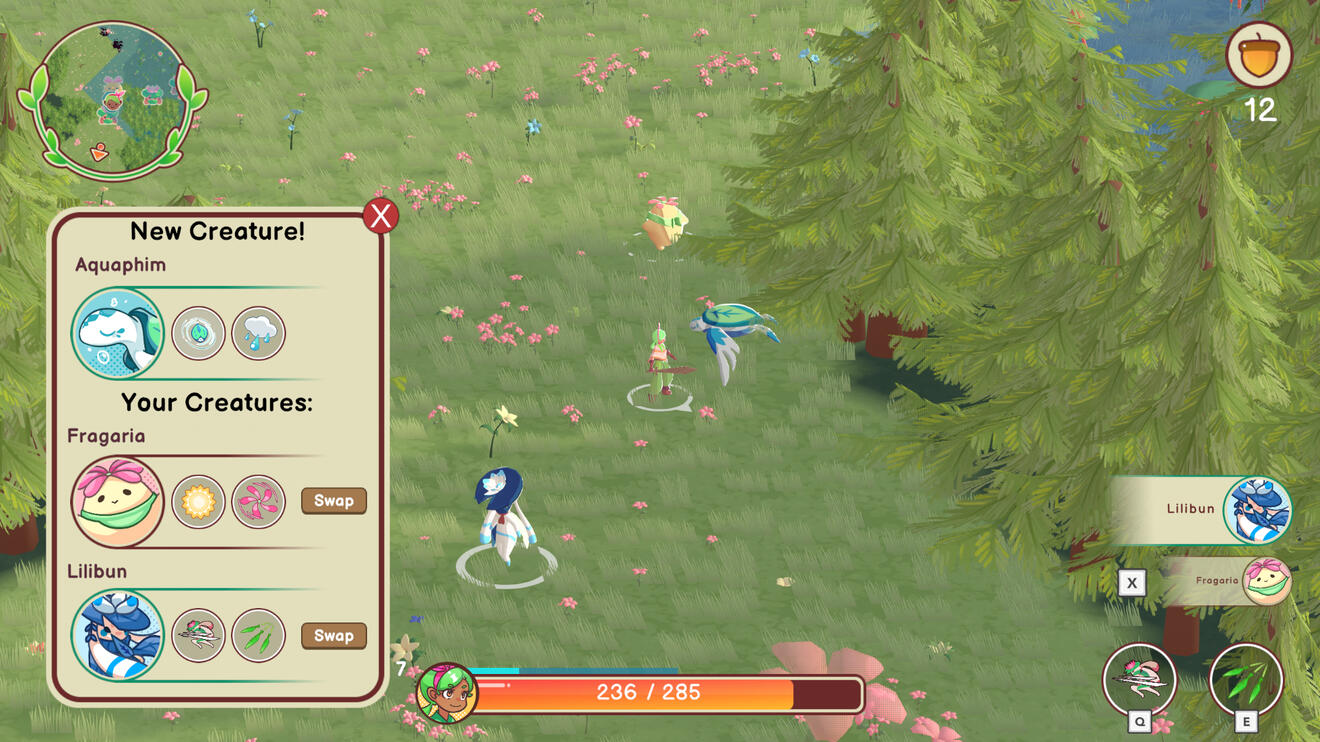
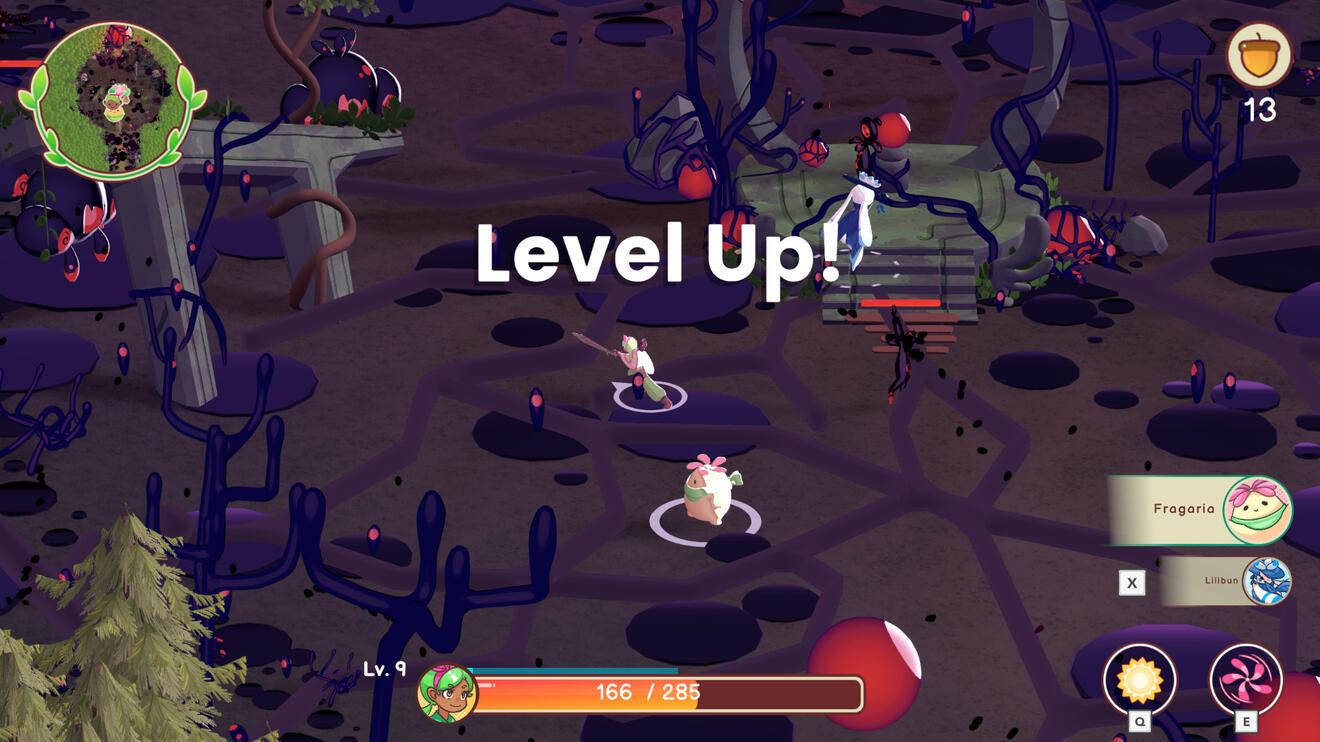
My contributions for this game include:
Composed the original soundtrack and designed sound effectsCollaborated with engineers to prototype and develop behavior trees for creatures and enemies, and created a visualizer prototype to let designers and programmers view the current state of a treeDesigned stat managers for characters that act as a container for buffs/debuffs and relics (items that give players bonuses during combat)Developed dialogue system and cutscene system as a vehicle for in-game narrativeCoded and maintained input system that handles player input as well as control rebindsCollaborated for redesigns and implementation of game loop, combat system, and relics
The Guardian's Call
I worked on Bond: Wish of the Forest as the composer, the lead sound designer, a narrative designer and programmer. My goal was to build upon the aesthetic that our talented art team has created, through both audio and narrative.
It was decided early on that the game would have a cute and simple art style, so I started composing an orchestral track to test a motif.
Concept Theme for Bond
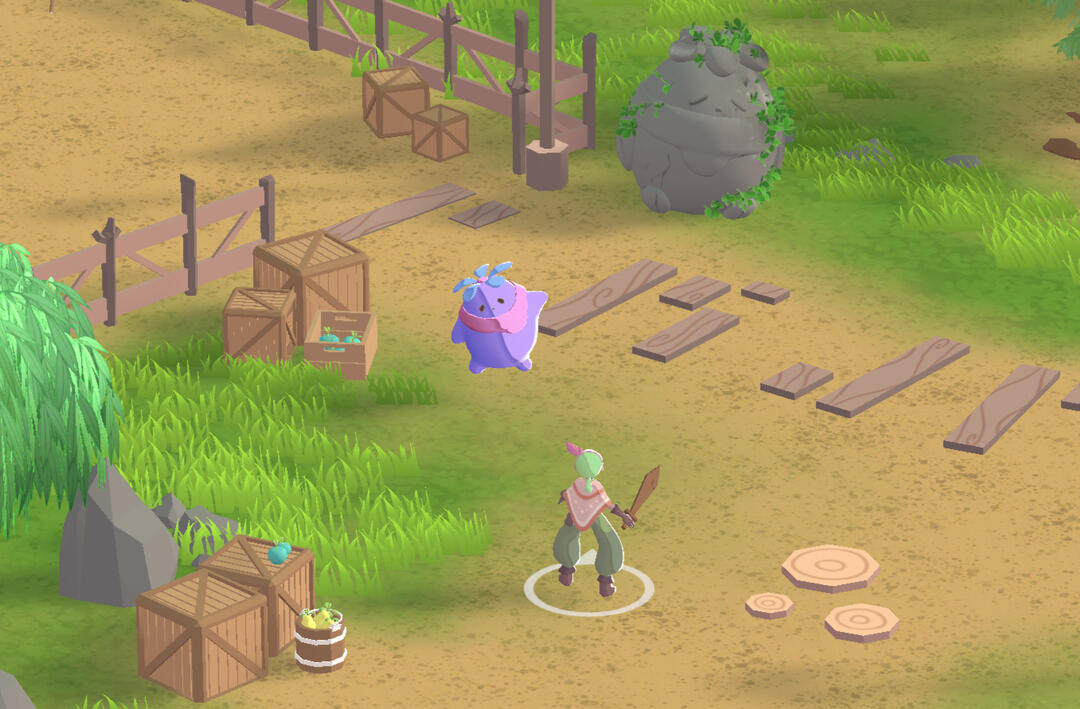
I knew right away that I wanted the oboe and the piccolo as the lead instruments for the orchestra. I wanted to represent the friendship between the player character and the creatures that they befriend in the music, and these two instruments seemed like the perfect fit.
While the motif in the concept theme is not as prevalent in the final tracks, the compositional style of the concept track helped guide me in writing future tracks.
I'm really happy with how the soundtrack turned out! I had never written orchestral music before and it is something that I had always wanted to do since I was young. I am definitely looking forward to expanding the soundtrack as we continue production beyond school.
"Kid, have you ever heard of the Guardian of the Forest?"
With the simple cute aesthetic and premise of Bond: Wish of the Forest, I wanted our narrative to feel more alive. I was particularly interested in dialogues as I find them to be a great tool for elevating the personality and charm of videogames. So I started work on the dialogue system for our game.

I had programmed a simple dialogue system prototype the Summer before the Capstone Series classes began. Though it was rough, this prototype would become the basis of the dialogue system in game. This system allowed users to create dialogues with special tags (as well as Unity's Rich Text Tagging) that added flair through actions such as adjusting text scroll speed and changing speaker portraits.
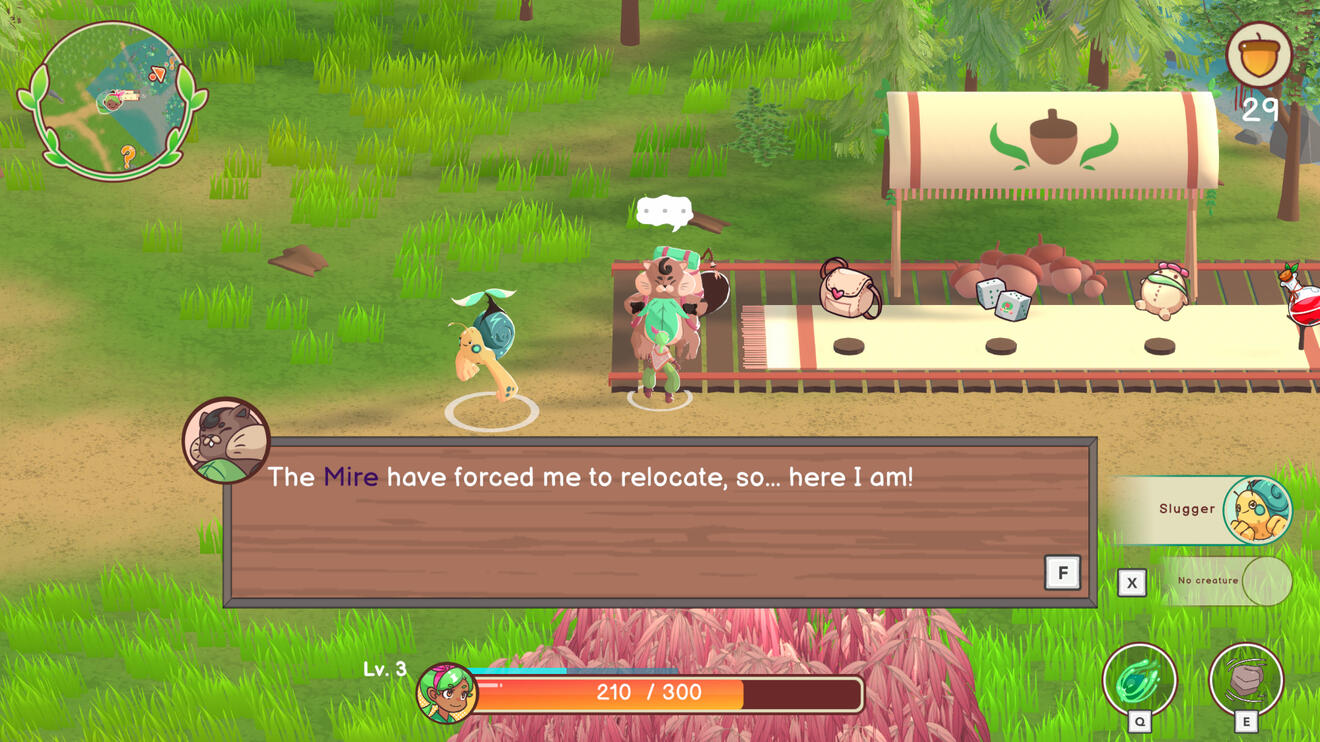
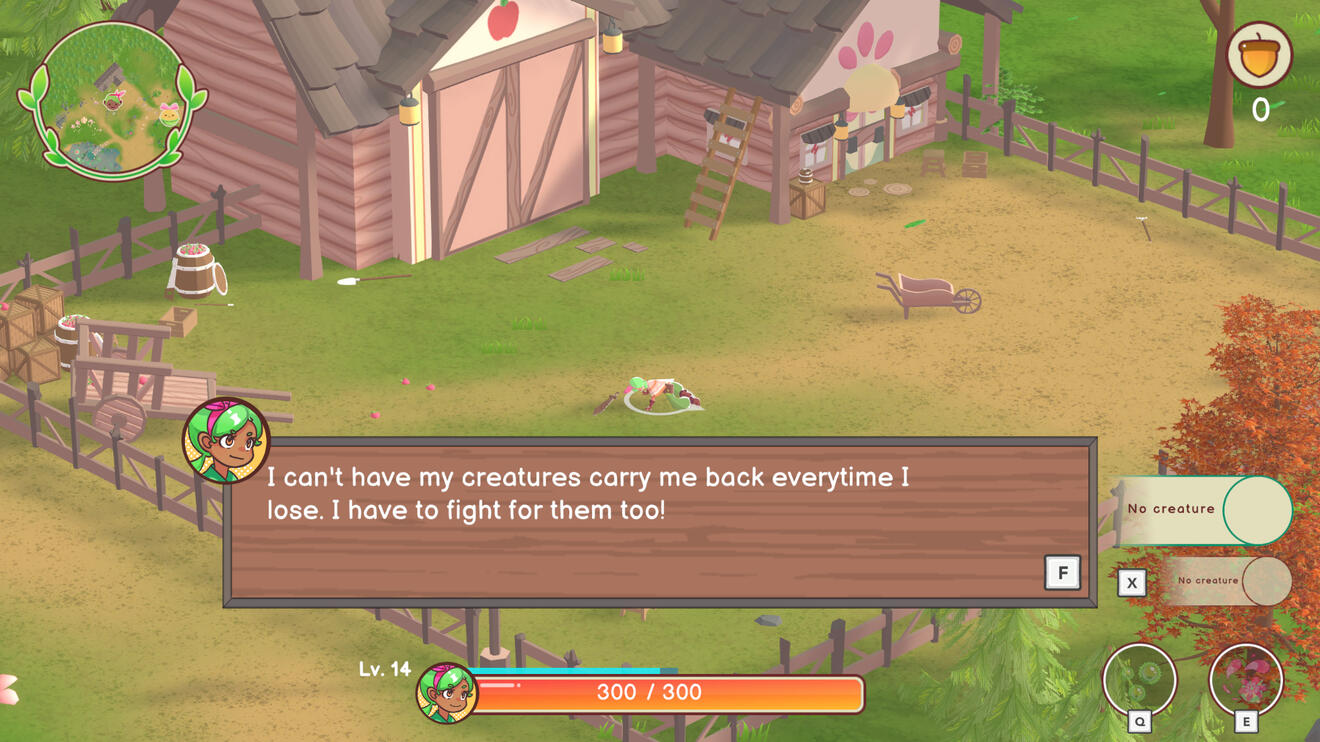
After graduation, one of the many systems I worked on was a cutscene system, which allowed the narrative team make our characters feel more alive. Using Unity's Timeline system and custom signal emitters and receivers, users can control the characters' transforms, make them play animations, and intertwine them with the cutscenes dialogue seamlessly. While I would have loved to use CineMachine to control the cameras during the cutscenes, I ultimately decided against it as it would have increased the scope of our game beyond our post-graduation goal.
Rhythm Rewind
Composer, Sound Designer
Rhythm Rewind is a retro-style rhythm game originally developed as part of the Brackeys Jam 2020.2.
Go back in time with this retro-inspired funky rhythm game! Rewind the track as you layer on more instruments to the song! You'll be groovin' and movin' all night with Rhythm Rewind!
My contributions for this game include:
Composed the original soundtrack and designed sound effectsAdded audio reactivity to background elements using FFTImplemented a simple control rebind system for track presses
The theme is: REWIND
When the theme for the game jam was revealed, our group of four brainstormed and decided on an idea that would become Rhythm Rewind.
We wanted to make a rhythm game that rewinds occasionally to introduce another instrument. With that, we immediately settled on a GameBoy style aesthetic and a lo-fi soundtrack and from there, the gears started rolling.
My inspiration for Rhythm Rewind came from funk and jazz fusion music of great musicians such as Weather Report, Vulfpeck and Herbie Hancock. As a fan of rhythm games, I felt like these genres of music are rarely explored, even with their diverse range of song styles and electric energy. With that in mind, I set out to write the song we would use ingame.
Razorblade - Sprocketpop
I composed "Razorblade", a fast and thrilling funk song by the fictional band Sprocketpop. Each instrument in the song plays a complex yet fun line. This song was a perfect fit for the gameplay loop that we were going for.
I wrote a simple menu theme, made some sound effects, and we submitted our game to the game jam, eager to see what the other jammers would say about our game.
The winners are announced
Java - The Over Easys
We honestly did not expect to win as we were just having fun making a game for a game jam. Nevertheless, we were motivated to continue working on the game after the jam, so we polished the game and added "Java", a song by another fictional band The Over Easys.
Unfortunately, with our Capstone Series classes approaching, we had to put a pause on development of Rhythm Rewind. Nevertheless, it remains as one of the projects I'm most proud of!
The Salaryman's Dream
Composer, Sound Designer, Designer
The Salaryman's Dream is an atypical endless runner game developed as part of the Game Design Experience class in UCSC.
The salaryman has dozed off during a shift. He dreams about things that he longs for, but also things that drive him up the wall. Help him have a good dream by collecting good thoughts and avoiding bad thoughts!
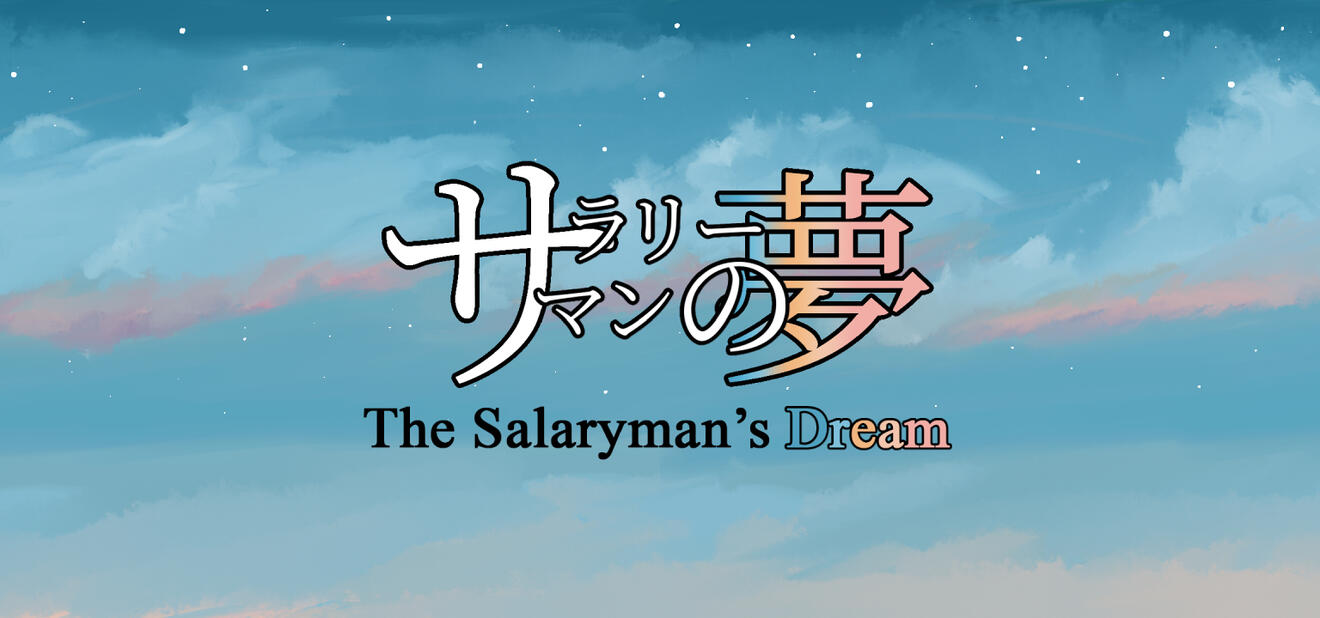
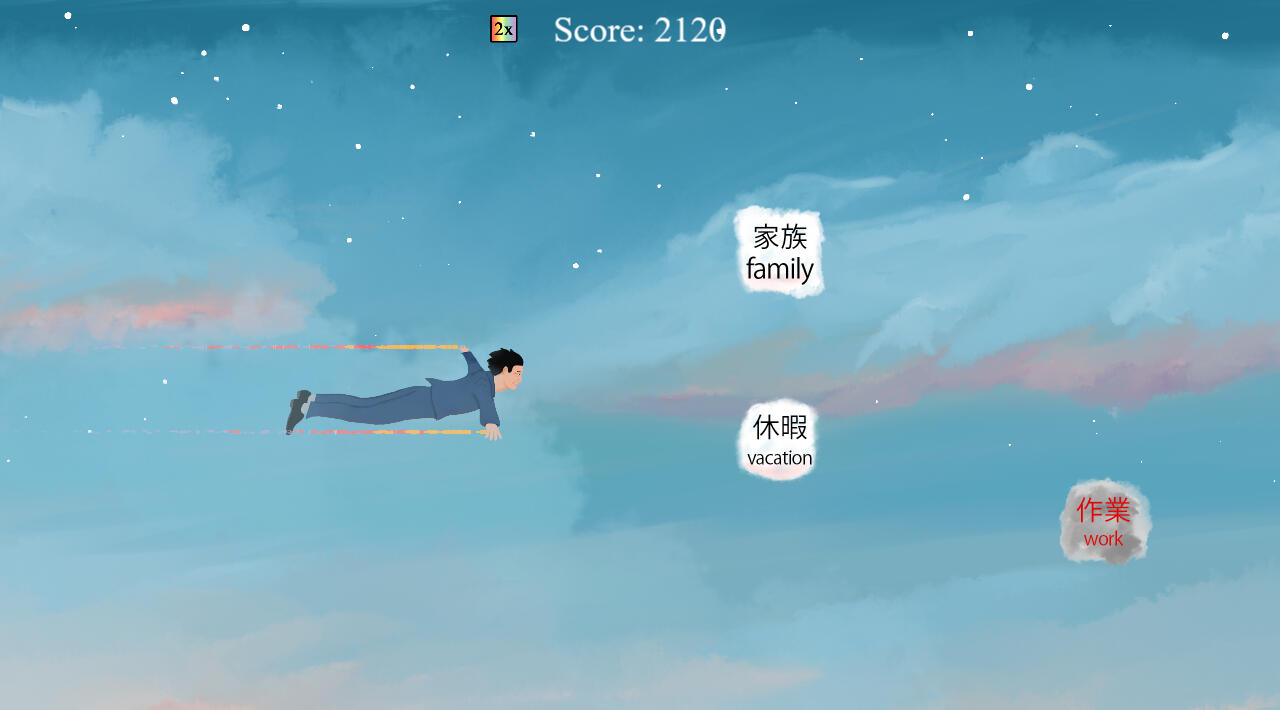
My contributions for this game include:
Composed the original soundtrack and designed sound effectsGathered Japanese inspirational quotes for the loading screenFixed some bugs that were happening during gameplayImplemented a very silly easter egg
"Reality can't compete with imagination"
The Salaryman's Dream is the first game where I collaborated with my talented friends Colin and Jameson, with whom I have worked with ever since for the remainder of my time in UCSC. They are also part of the team that worked on Bond: Wish of the Forest and Rhythm Rewind!
When we were first brainstorming for an endless runner game, we were inspired by modern Japanese culture, particularly in how timeliness and punctuality is valued.
Some of the ideas we considered were a person running in Japanese suburbs or a Tokyo subway station, whether it was to escape cops or to get somewhere quickly. However, we quickly realized that that was not what we wanted to do.
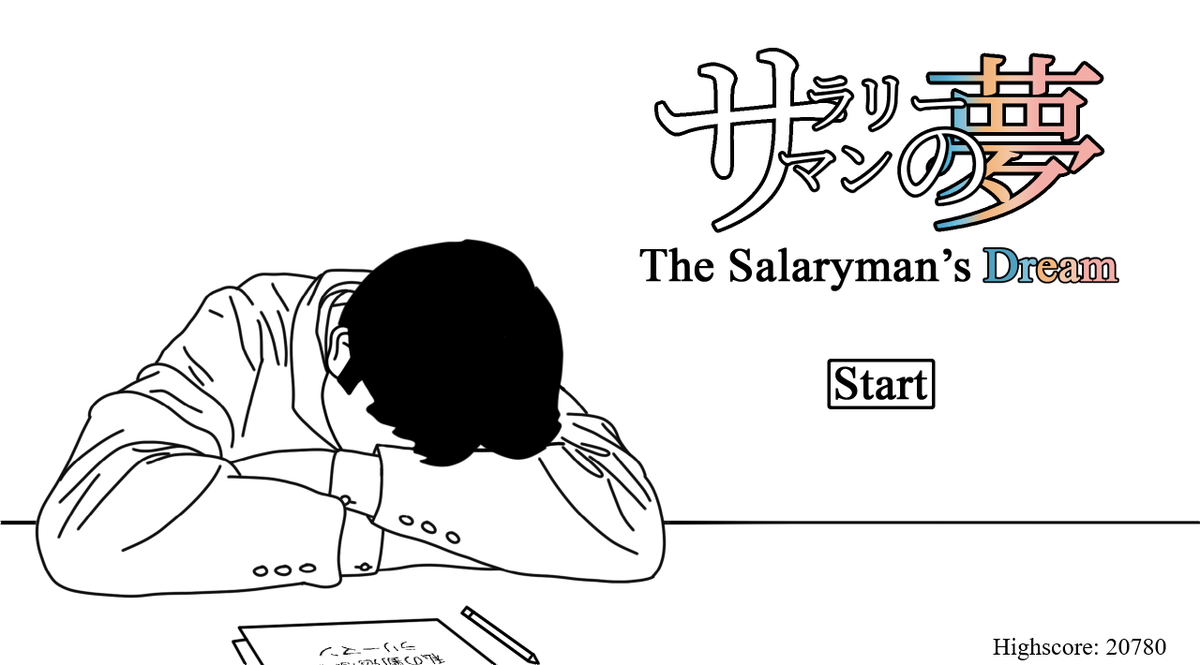
What ended up being the idea we went forward with came from an unexpected source; the salaryman trope.
"When there is a will there is a way"
A salaryman is a Japanese white-collar worker who is extremely loyal to their companies, often working for very long hours. The premise for The Salaryman's Dream came from the idea that a salaryman, who has dozed off at work, would dream of things that they long for while the dreaded thoughts of responsibility lingers.
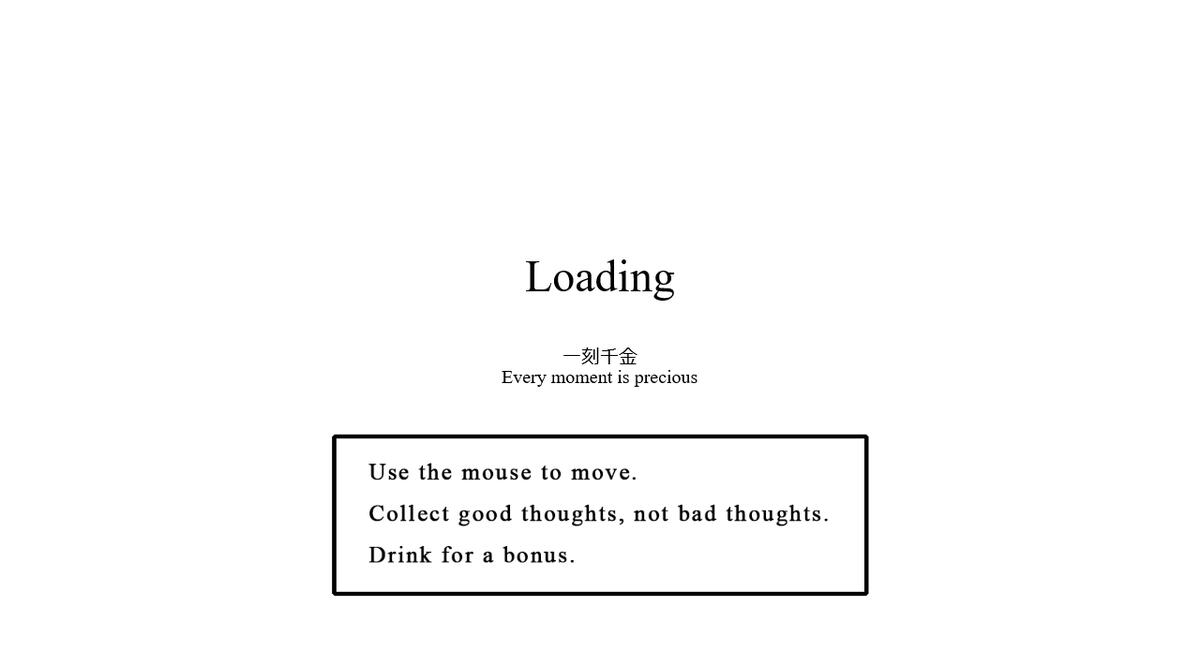
夢 | yume
I wanted the soundtrack to The Salaryman's Dream to be dreamlike and heavenly, like the feeling of long-needed comfort and rest. I took inspiration from Japanese ambient music for the soundtrack such as Hiroshi Yoshimura's Wet Land album. I wanted a song that was easily digestable and short, yet would evoke a similar emotion to Japanese ambient music. And so, I wrote the track "夢 | yume".
With Jameson's gorgeous art and Colin's coding expertise, we finished The Salaryman's Dream. We ended up with an endless runner game that defied the conventions of an endless runner game. We are very proud of the result as we hit every goal that we had set out to achieve with this game.
Our game won the B-A-N-A-N-A-S Award at the 2020 Games@UCSC Showcase, which is awarded to games that amazing, unexpected and weird that deserve recognition.
...oh, and see if you can find the easter egg in The Salaryman's Dream ;)
Sushi Showdown
Designer, Illustrator
Sushi Showdown is a turn-based strategy card game developed as part of the Visual Communication and Interaction Design class in UCSC.
Manage your team of talented sushi performers! Hire more sushi performers, pamper them out, but watch out for other managers trying to sabotage you! Will your team be the one that steals the show?
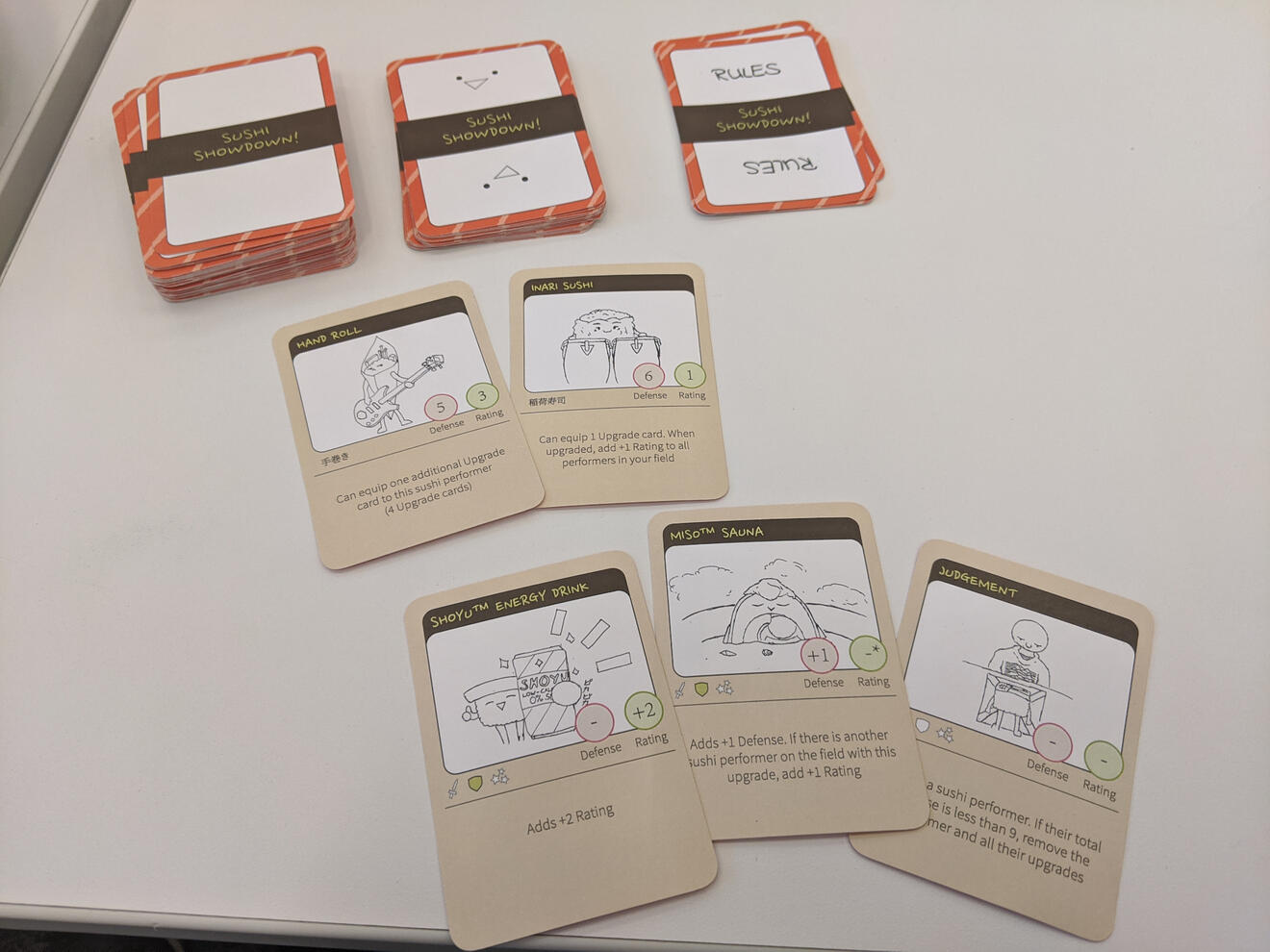
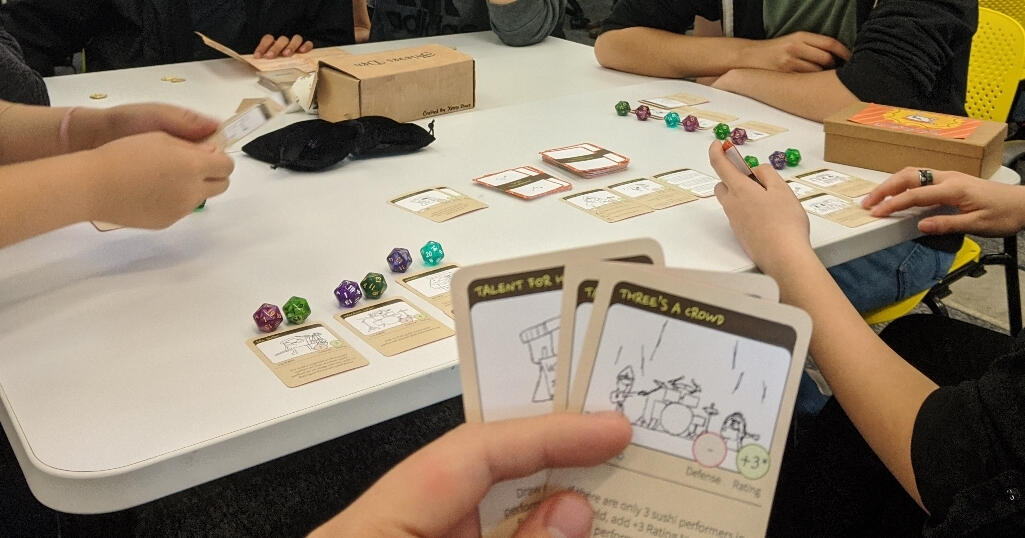
Into The Blue Again
Sushi Showdown is the first game that I had finished developing from start to finish. It was developed over the Fall Quarter of 2019, which was my first quarter at UCSC.
For the ARTG 80G (Visual Communication and Interaction Design) class, I had to create a card game on my own, which, as my first foray into game design and development, was definitely a fun challenge. I had to come up with three concepts for a card game, and the first of these concepts would eventually become Sushi Showdown.
If you want to read my post-mortem for the development of this game, click this button here!
Theory In Practice
Stepping into ARTG 80G, I had never fully finished developing a game, much less a physical game. I knew none of the techniques for game design or wireframe design. Thanks to the guidance of the teaching team, I was able to pick up those skills and apply it to the creation of this game.
With Sushi Showdown, I set out to create a fun & charming party game that rewarded players for strategizing with their cards. With that in mind, I began laying the foundation of the game's design.
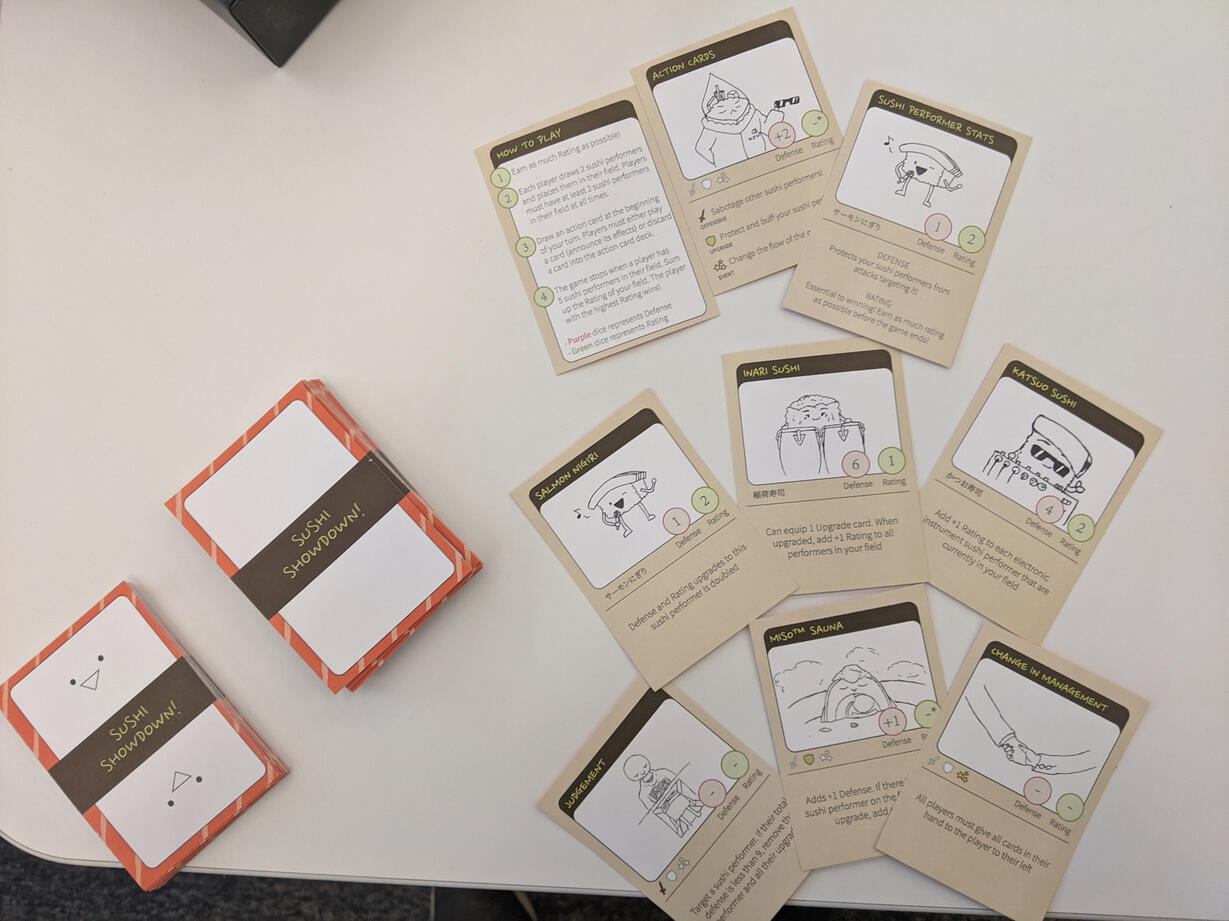
The goal of the game is to be the team whose sushi performers' Rating sum was the highest when someone had 5 sushi performers on their field. Each sushi performer had their own Defense and Rating stat, as well as a unique bonus that players could utilize to boost their stats. Players also have access to Action cards (Offensive, Upgrade, and Event) which allowed them to sabotage other teams, bolster their own team, or change the flow of the gameplay.
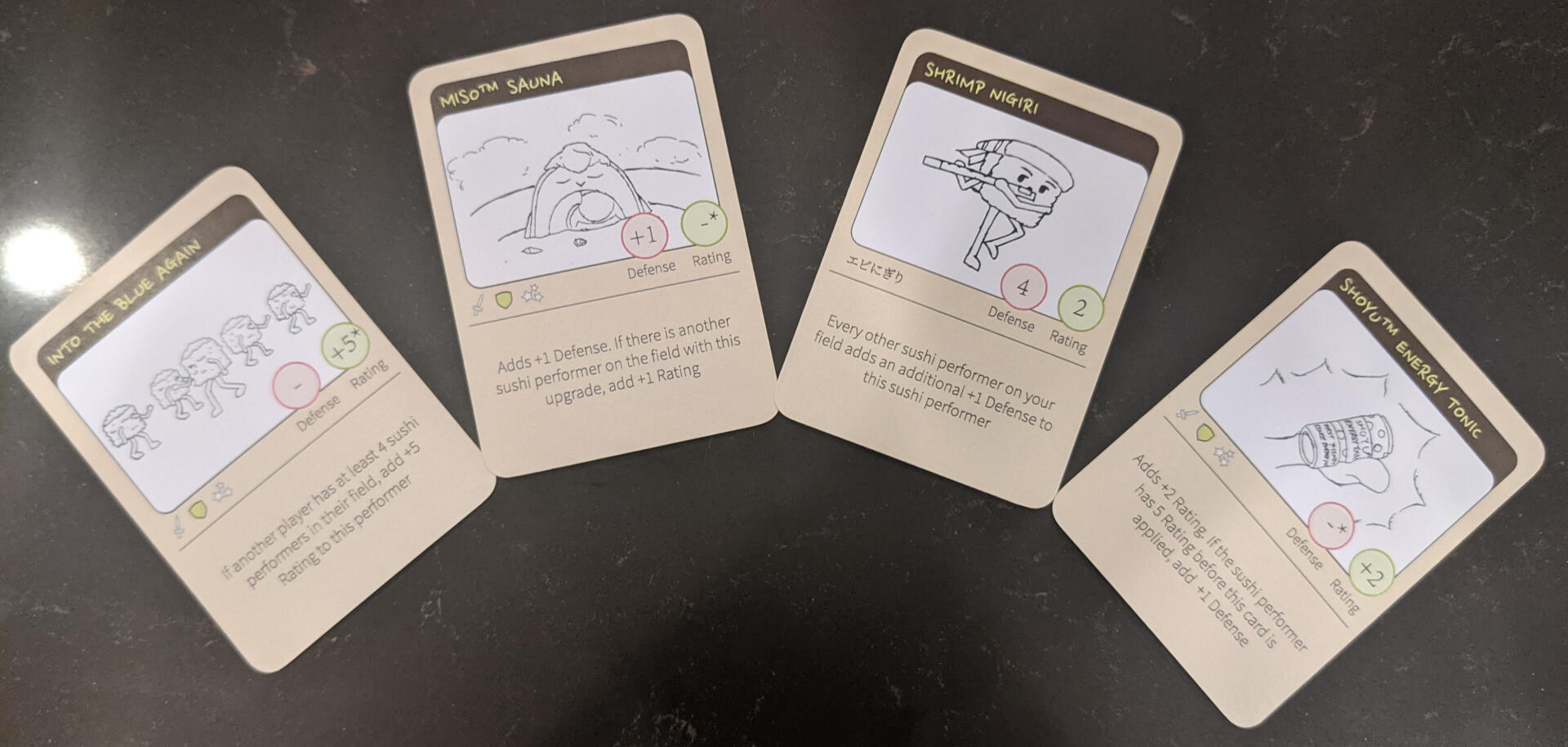
Each sushi performer card is accompanied by an illustration of them with their instrument of choice, and each sushi performer appears on the Action card illustrations at least once.
I had lots of fun designing the sushi performers! Each sushi performer felt like they had a unique personality, and their stats and bonuses were able to reflect that personality.
Overall, I'm really proud of the work I did for this project! I feel like I achieved what I set out to do when I first wrote down the concept for Sushi Showdown. See if you can spot the various music and pop culture references in the cards and illustrations!
A post-mortem of my first game
Alright, now that I've talked about the game project, I want to do a post-mortem for Sushi Showdown and reflect on the development process of the game. I'll be talking about how this game came about, as well as what went right (or wrong) with the development for the game.
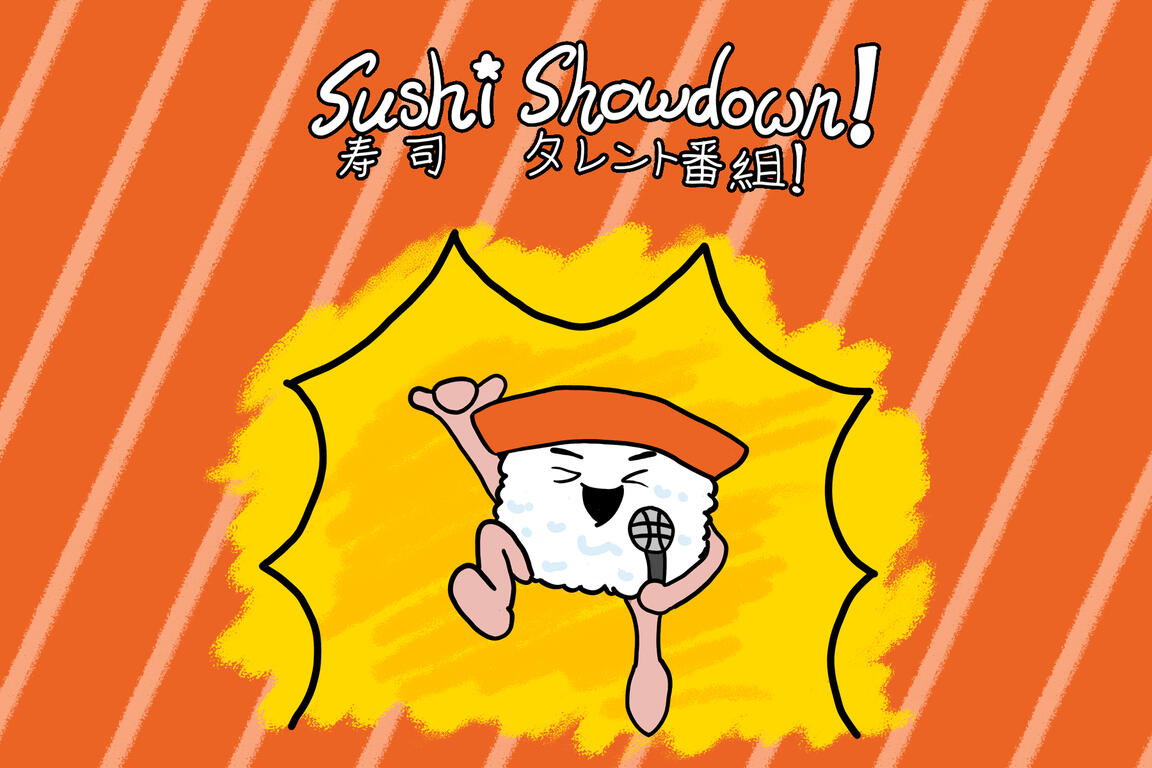
Final box art
"Well, how did I get here?"
When I was writing down the concept for Sushi Showdown, I was particularly invested with the game design and balance of Age of Empires 2, a real-time strategy game (RTS) which had its Definitive Edition release that November.
In particular, I was very interested in how each civilization in Age of Empires 2 had a unique set of strengths and weaknesses that mostly reflected their real life counterparts. I wanted to emulate that balance with the sushi performers in Sushi Showdown through the instruments they played, their stats, and their bonuses.
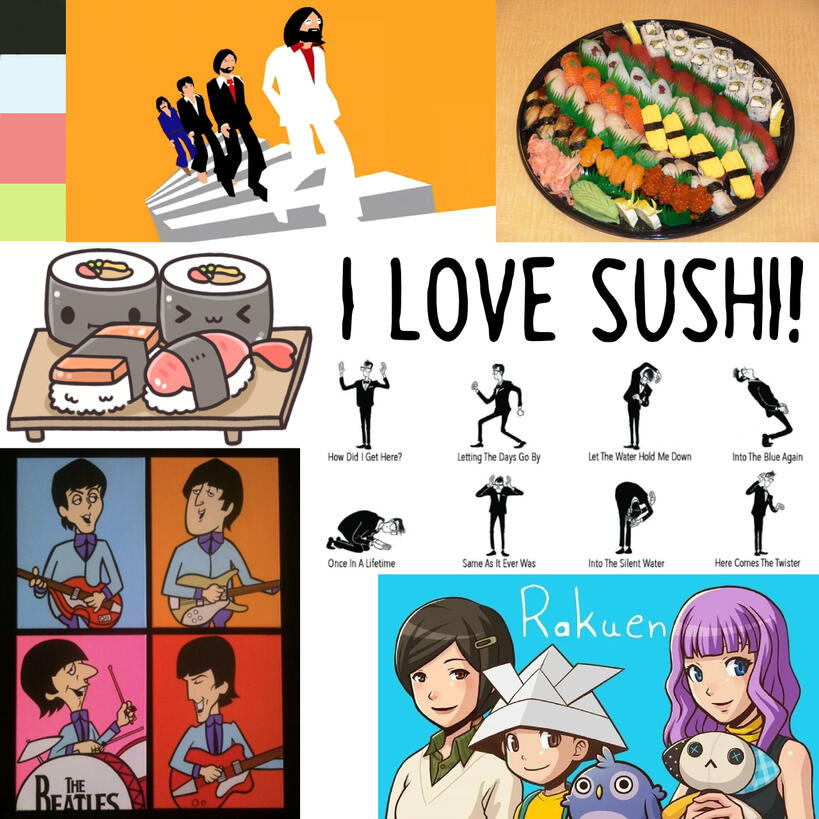
The original moodboard for Sushi Showdown
As for the other two concepts, while I personally think they would be fantastic card games, I ultimately decided to go forward with Sushi Showdown as I felt it showed the most promise and potential out of the bunch. In any case, I'll briefly cover the other concepts just for completeness sake.
Charity Wars was an economic mismanagement game where players play as rich businesspeople looking to give away all their wealth through their charities. This concept was similar to Sushi Showdown in that it was designed to be a fun party game.
KanjiPlay was a multiplayer card game designed to help players learn the Japanese language. Players would open a prompt card and place down word cards that matched the criteria until they emptied their hand.

Charity Wars moodboard
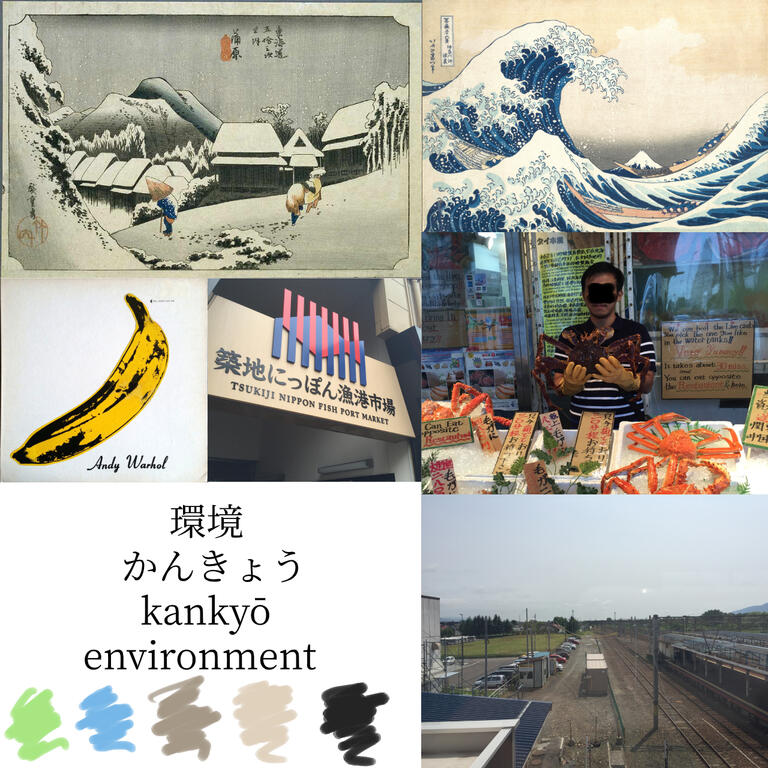
KanjiPlay moodboard
What went right
With the concepts out of the way, I wanted to touch on some things that I think went right with the development of Sushi Showdown.
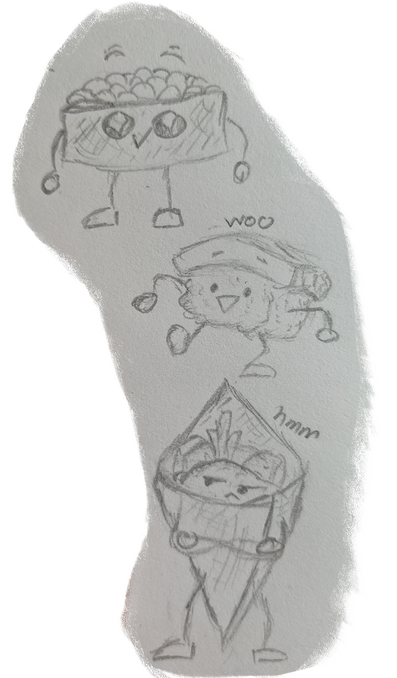
Early concept art for Sushi Showdown
The first right I want to talk about is having a clear game direction in mind (this goes for both game design and art direction).
The description and moodboard that I made for Sushi Showdown's concept writeup guided me throughout the development of the game and ended up being a massive help in designing cards.
Earlier on, I mentioned my inspirations for the main gameplay system for Sushi Showdown, but I should also mention a game that influenced the main gameplay loop's design. I was particularly inspired by Saboteur, which was a multiplayer quasi turn-based card game where players could pick their roles each turn, which had a large impact on how the game progressed.
With Sushi Showdown, I wanted to capture the feeling of players strategizing their next move based on the cards they were dealt (haha). This decision allowed me to design some sushi performers/Action cards to incentivize players to approach gameplay in a particular direction. An example of such a card is "Two-Man Band", which gives a large bonus to Rating for sushi performers if the player only has two of them on the field.
The game being centered around sushi performers who were musicians opened up a lot of ideas for illustrations, which helped tremendously with the creation of some of the unique cards. I drew a lot of inspiration from music and pop culture, which certainly helped boost the charm of the game.
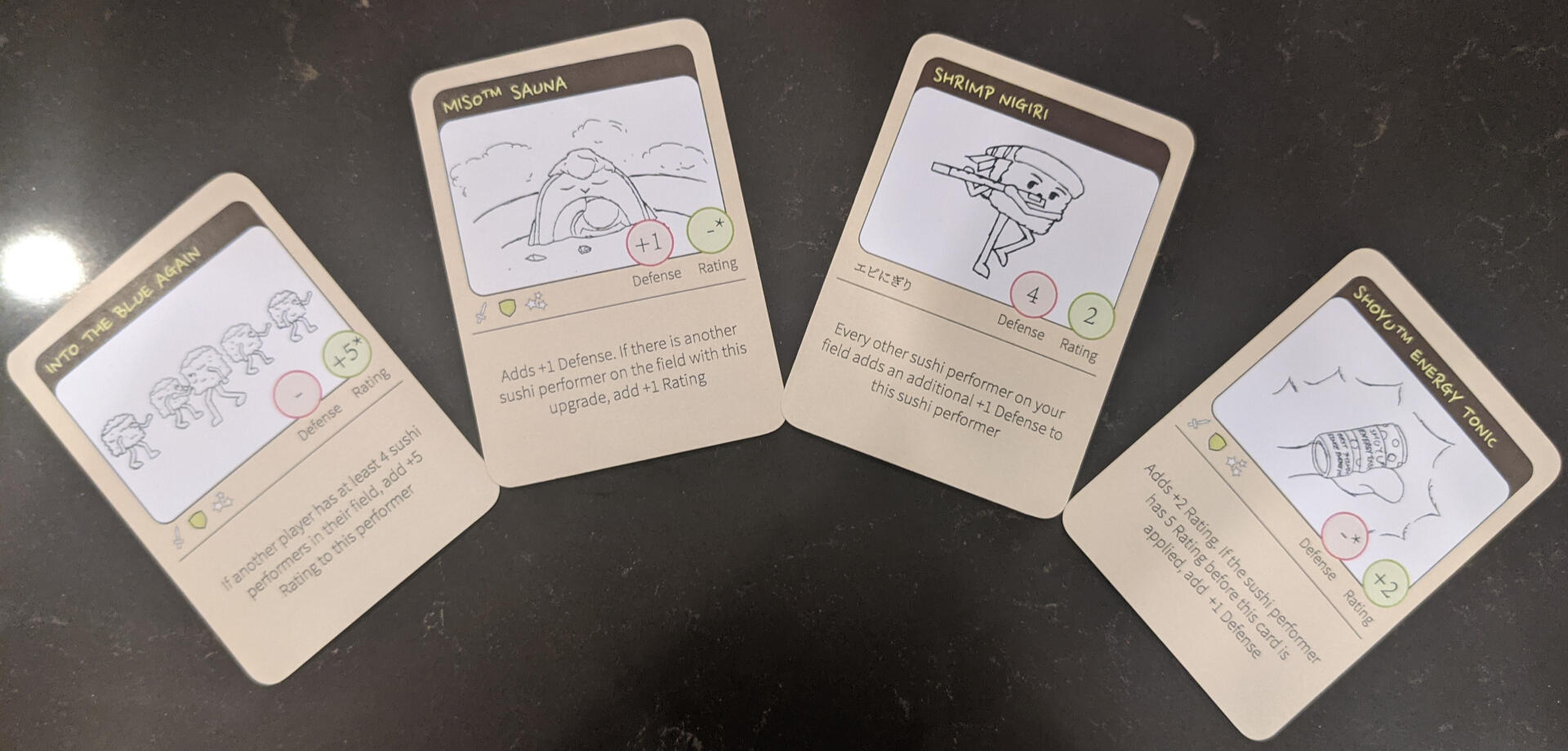
Some of my favorite illustrations
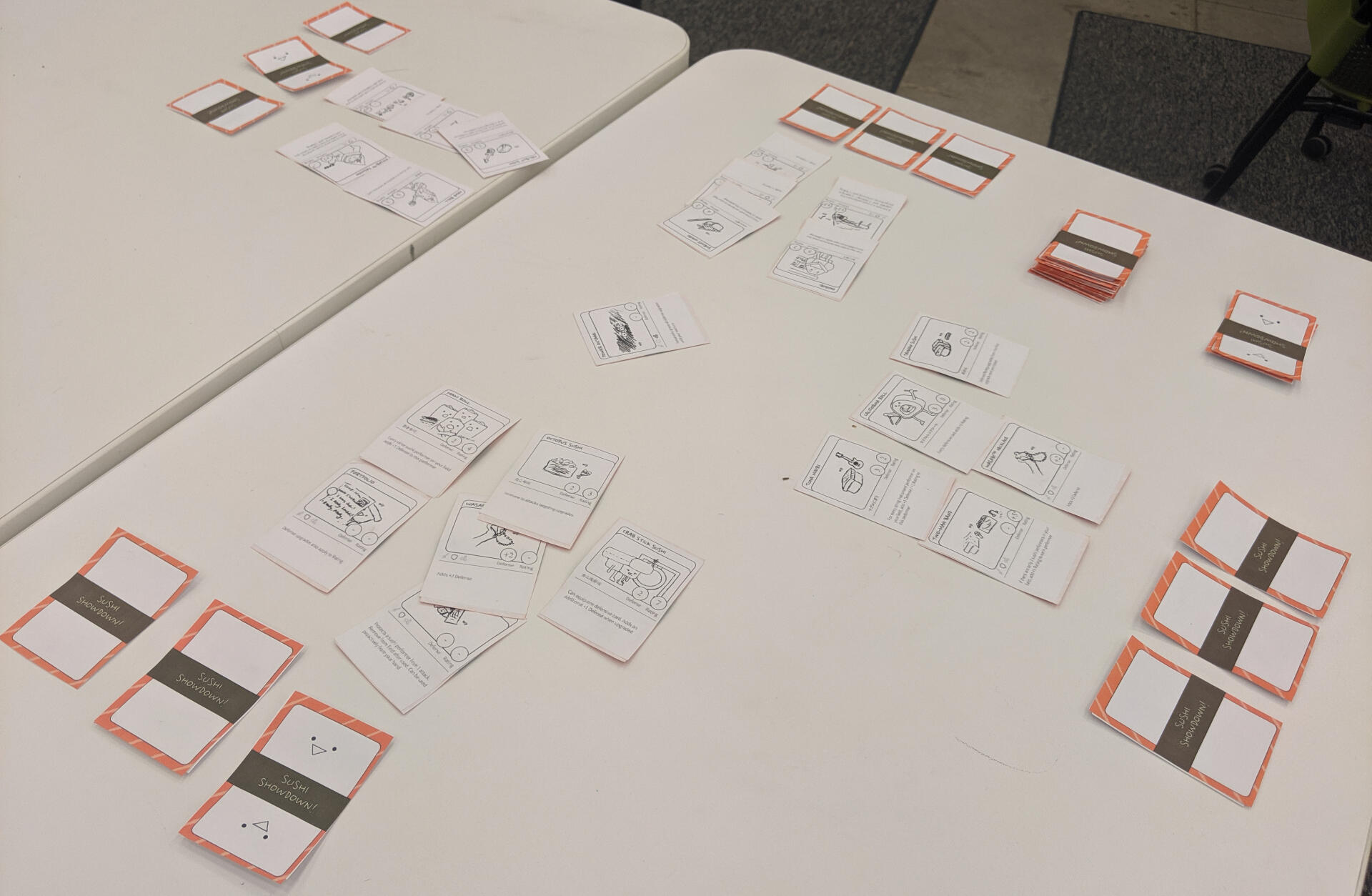
Early simulation of a game in progress
The second right I want to mention is playtesting the game to ensure that it was fun to play.
I was very shy and reserved before I transferred into UCSC, but I want to say that ARTG 80G was the class that helped me open up to my peers in the game design programs, thanks to playtesting each other's games.
One of the assignments for ARTG 80G was to conduct periodic playtests of our card game throughout the quarter. Unfortunately, I did not keep a record of the cards' properties along the development cycle, but I can say for certain that the game balance was... wack, for lack of a better word.
Two of the biggest issues I ran into in my first round of playtesting was how easy it was for players to remove sushi performers from the field, and how players could easily get stuck with a bad hand. Back then, there were a lot more of the cards that removed sushi performers, which could cause a softlock as there wouldn't be enough sushi performers to signal the end of the game. Players also weren't allowed to discard cards and could only have a certain number of cards in their hand. Thankfully, these issues were rectified by reducing the number of cards that removed sushi performers and allowing players to draw a card and discard a card currently in their hand.
Had I not conducted those playtests, I would never have realized that the initial ruleset would be broken. It was very difficult for me to know how these rules interacted with each other until I saw it in action.
Working on Sushi Showdown has demonstrated the value of playtesting and it is something I will gladly do for all of my future projects.
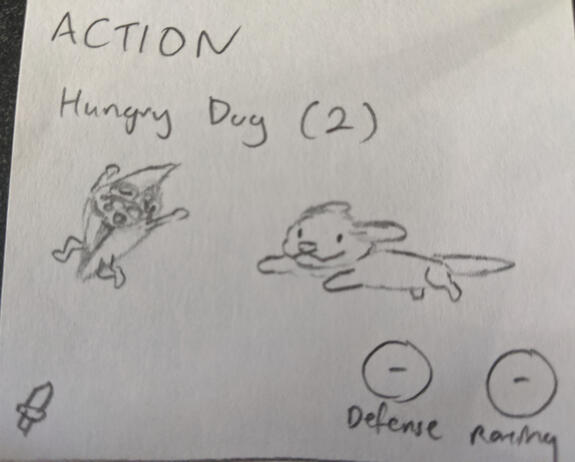
A card from the first ever set of Sushi Showdown cards, which were drawn on flash cards
What went wrong
But of course, with every game development story there is the ugly, and there were definitely some ugly things that happened during the development of Sushi Showdown.
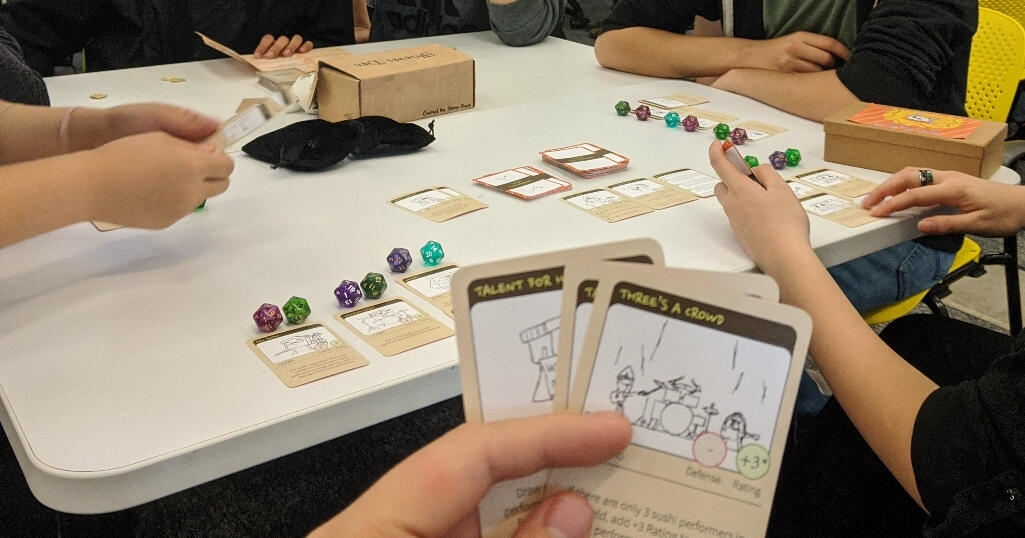
A playtest of the completed game
The first wrong I want to talk about is a fundamental flaw with the game's design and its intended play format.
Sushi Showdown is a highly systemic game with a lot of game elements having an effect on gameplay and stats. Keeping track of sushi performers' Defense and Rating as well as their upgrades is key to the gameplay flow.
An unfortunate side effect of Sushi Showdown being a physical card game is that it is difficult for players to keep track of all active game elements on the field. This problem became very apparent especially
as the game drew on, and players had more sushi performers/Upgrade cards.
A partial solution I found to this problem was to use D20s to represent sushi performer's Defense and Rating. This helped players to keep track of those stats, which would rarely go over 20. However, this did not solve the overarching problem that a large majority of the cards had unique properties, which players had to read to fully understand their effects.
I definitely think that this game would work better in an electronic format, given how much information the game has to present to its players. There is only so much information that can be neatly fit on a playing card, which can potentially lead to confusion amongst players. If Sushi Showdown were a video game, it would be easier to store and present relevant information to the players.
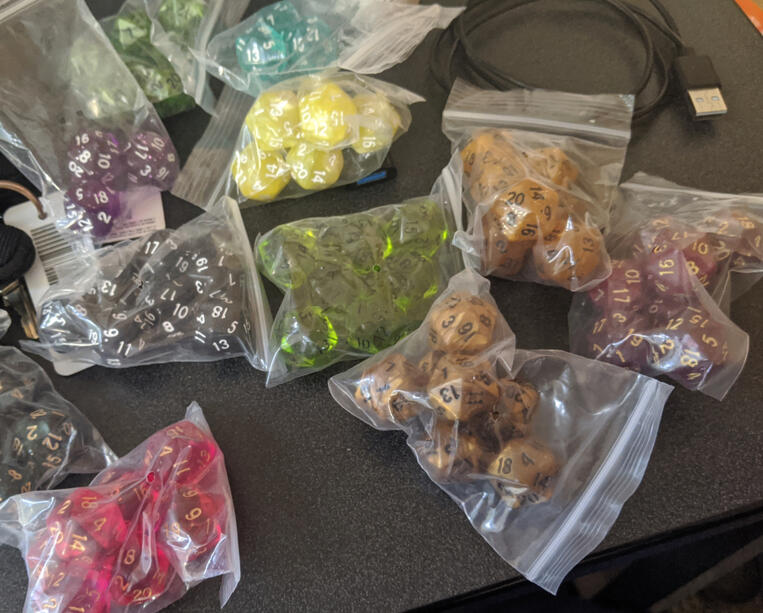
Some of the D20s I got for Sushi Showdown
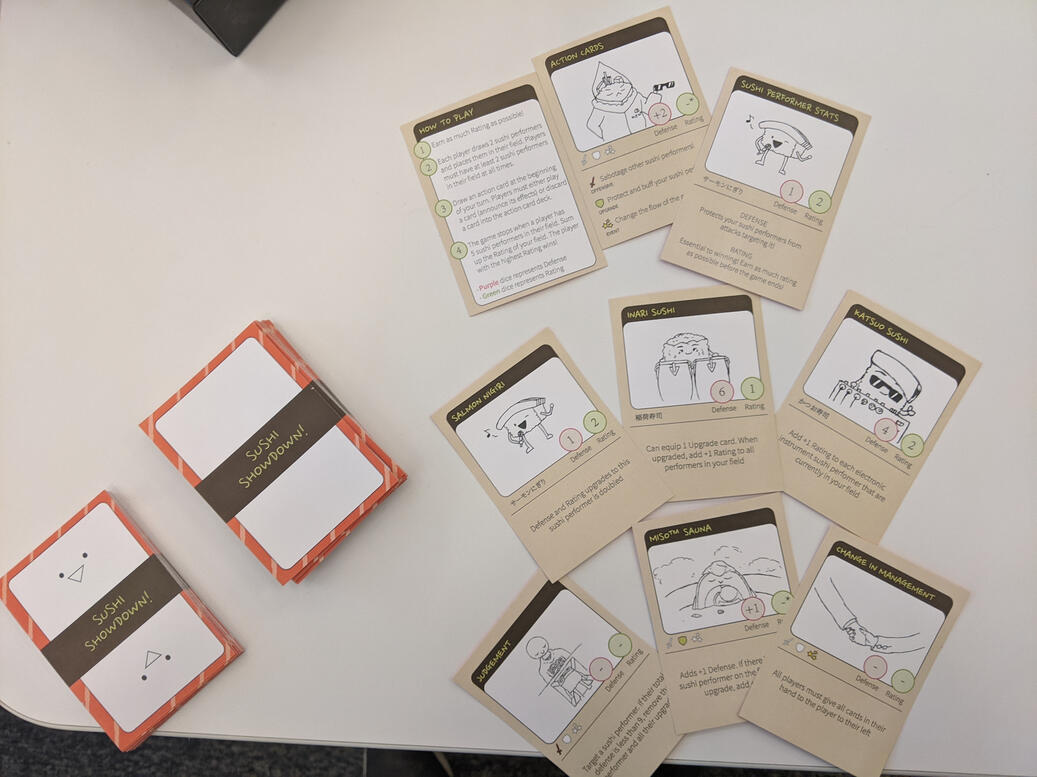
Showcase of some of the finished cards
The second wrong I want to talk about is something that I have aspired to never do again ever since I finished developing this game, and that is overscoping and crunching as a result of it.
Sushi Showdown had a total of 78 cards, of which 48 of them are unique. I had to design as well as create illustrations for each unique card on top of iterating on game design and balance. To say that I was ambitious for this game is really an understatement.
To give some context regarding the time frame for the development of Sushi Showdown, I had 8 weeks to complete the card game, on top of taking 2 other classes alongside ARTG 80G and helping a friend out with their game pitch for the Game Design & Art Collaboration club (GDA). It didn't help that one of those classes was a Computer Science class that is notorious amongst other peers in the program for being very difficult and time consuming.
As the deadline for game submission drew closer, I found myself stressing out and worrying that I would not be able to complete the game in time. Initially, I wanted the cards to have colored illustrations. However, with the deadline looming over me like an alien spaceship, I had to resort to turning my sketchbook sketches into simple black and white linework using Illustrator's built-in tool.
Another major problem I faced as a result of overscoping was having insufficient time to playtest and balance the game. Having a lot of unique cards also meant having a lot of game elements to balance. Unfortunately, I was not able to conduct enough playtests to fully balance the game as I was swamped with other classwork and actually creating all the cards.
If I were to remake the game from scratch today given the same time frame, I would definitely cut at least half of the unique cards to reduce workload.
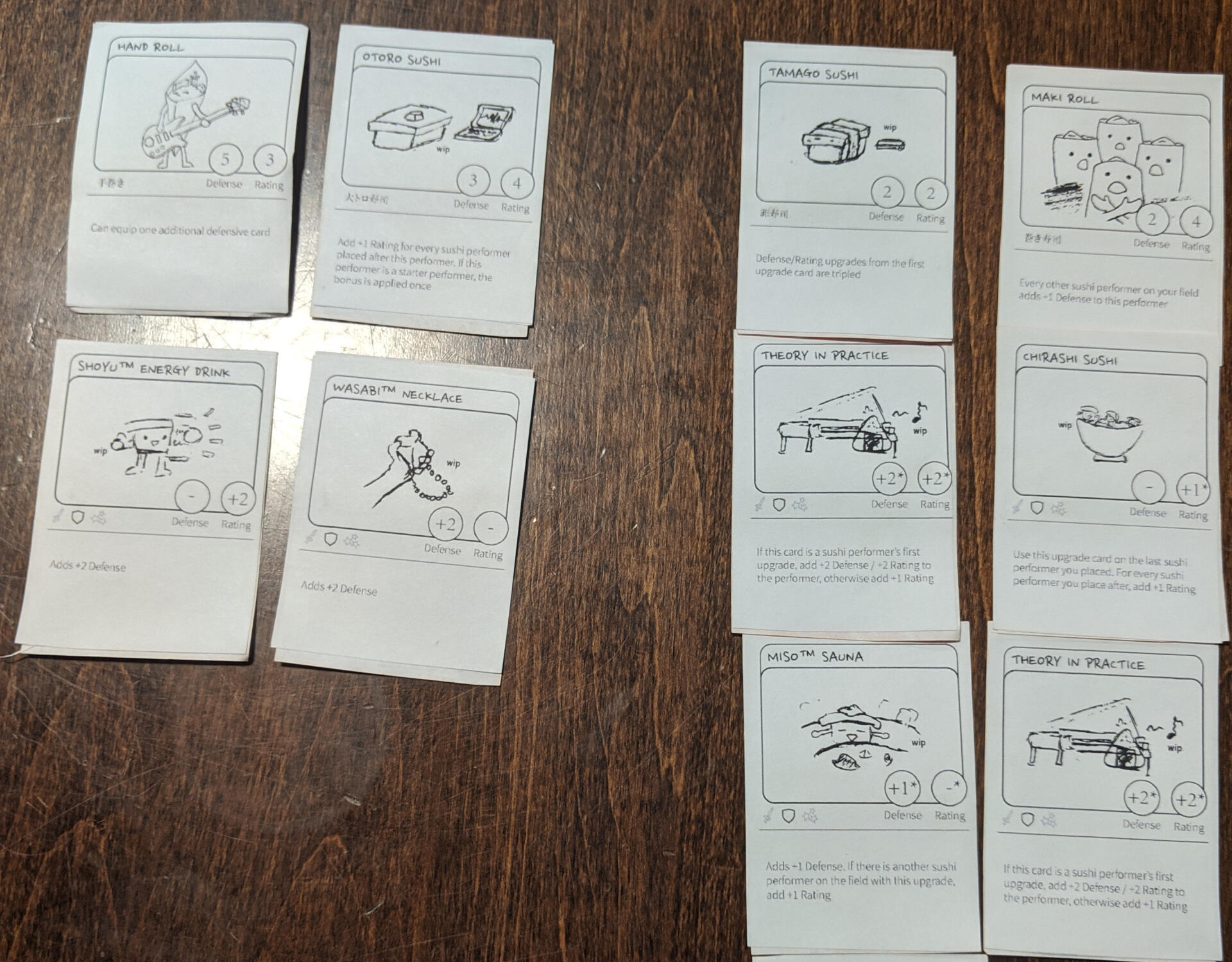
First print of Sushi Showdown
And now, the summary
Putting all the lengthy reflection away, Sushi Showdown was a very fun game to develop (and play :p) and I am extremely happy with the result. Was it one of the hardest games I developed in my career? Hell yes it was! Would I do all of that work again? ...maybe, if I scoped down big time.
For me, the biggest takeaways from this project is to scope your game projects appropriately and always playtest and iterate based on feedback. These two things are usually not discussed a lot when it comes to game design, but working on this project has made me realize how vital they are.
I've taken these two lessons to heart since completing Sushi Showdown and it has certainly helped with reducing stress and improving my workflow.

Original sketch for the box art
Honestly, I could not thank my professor (Marcelo D. Viana Neto), the TAs enough, as well as all of my friends who helped playtest the game as well as gave feedback along the journey. This game could not have happened without you all! ❤️
